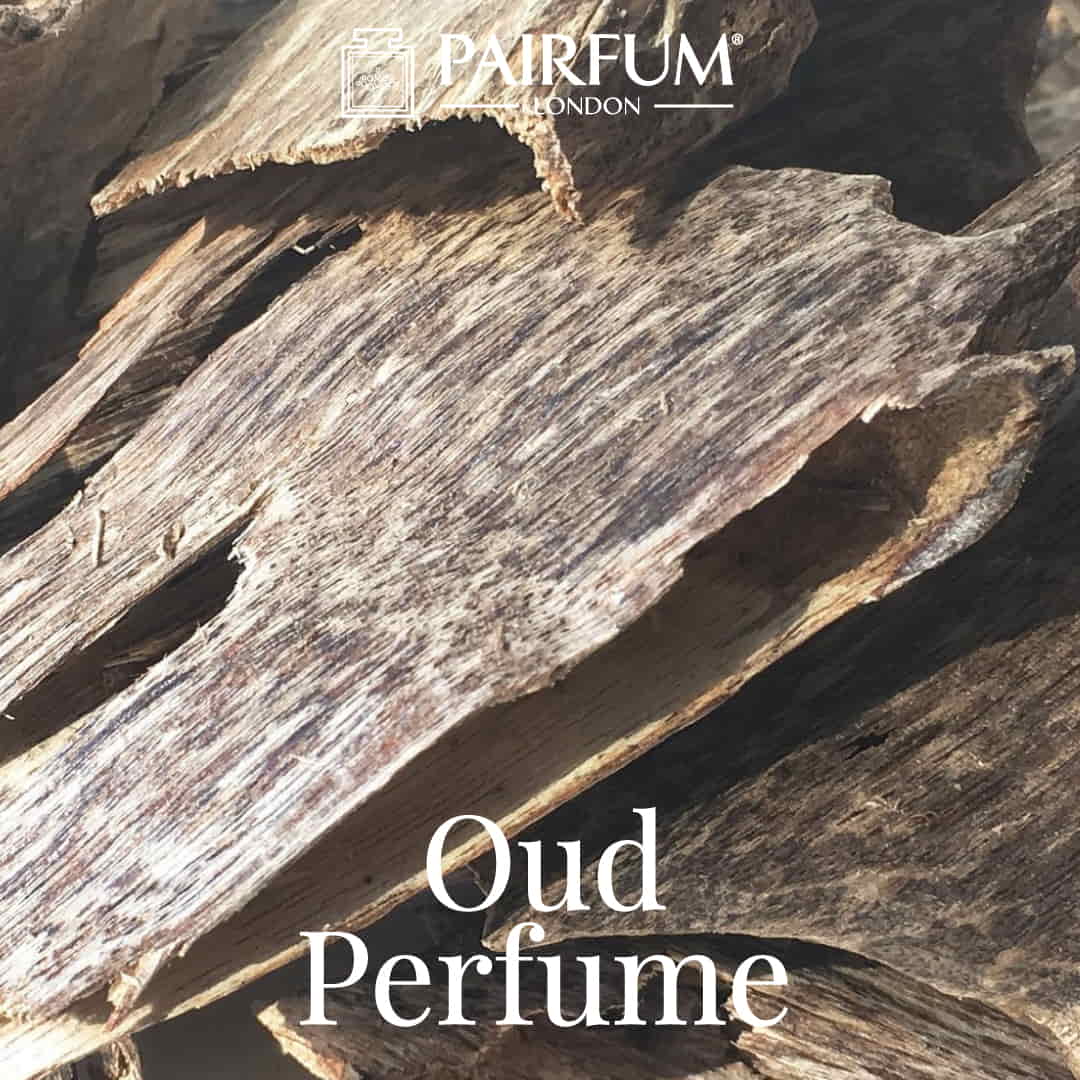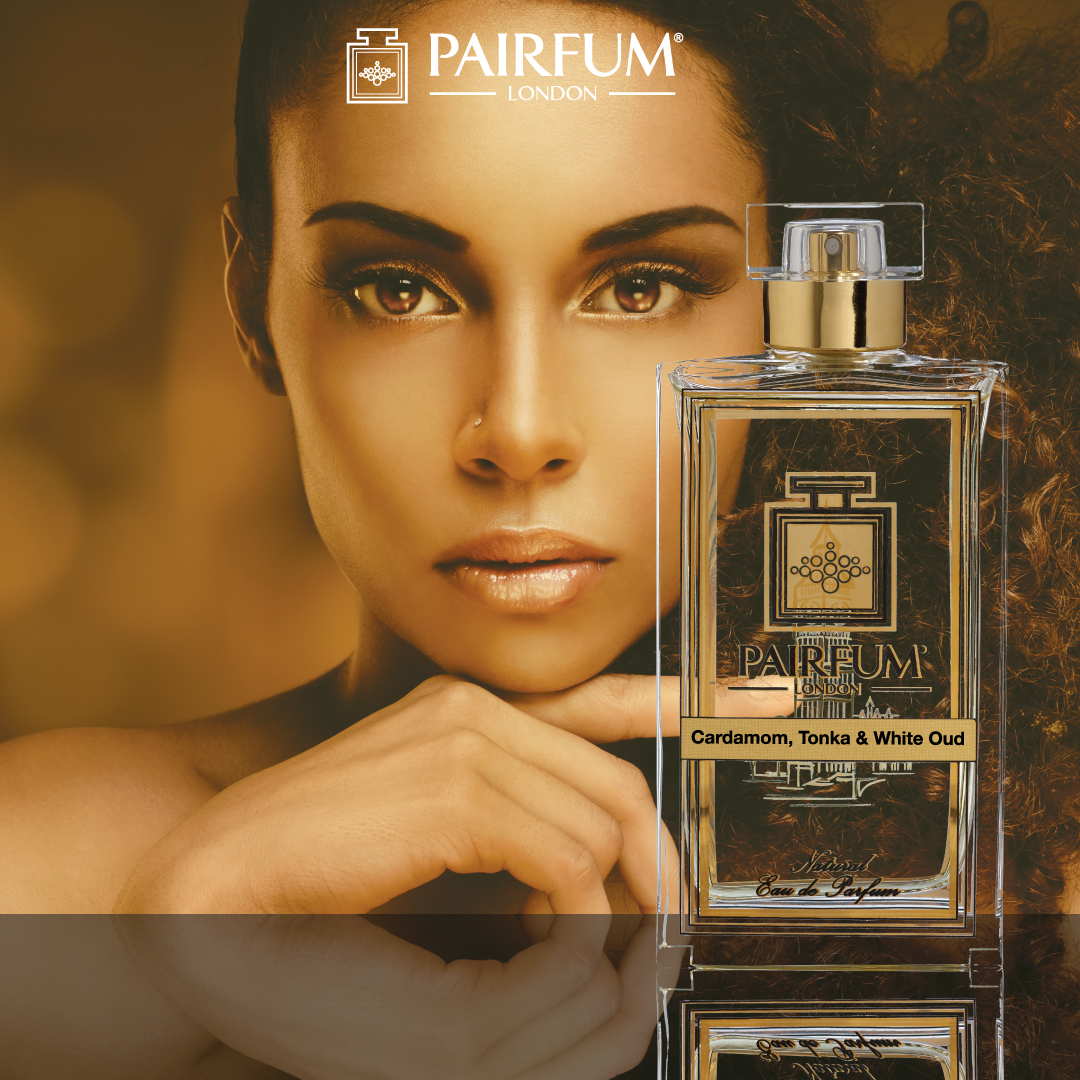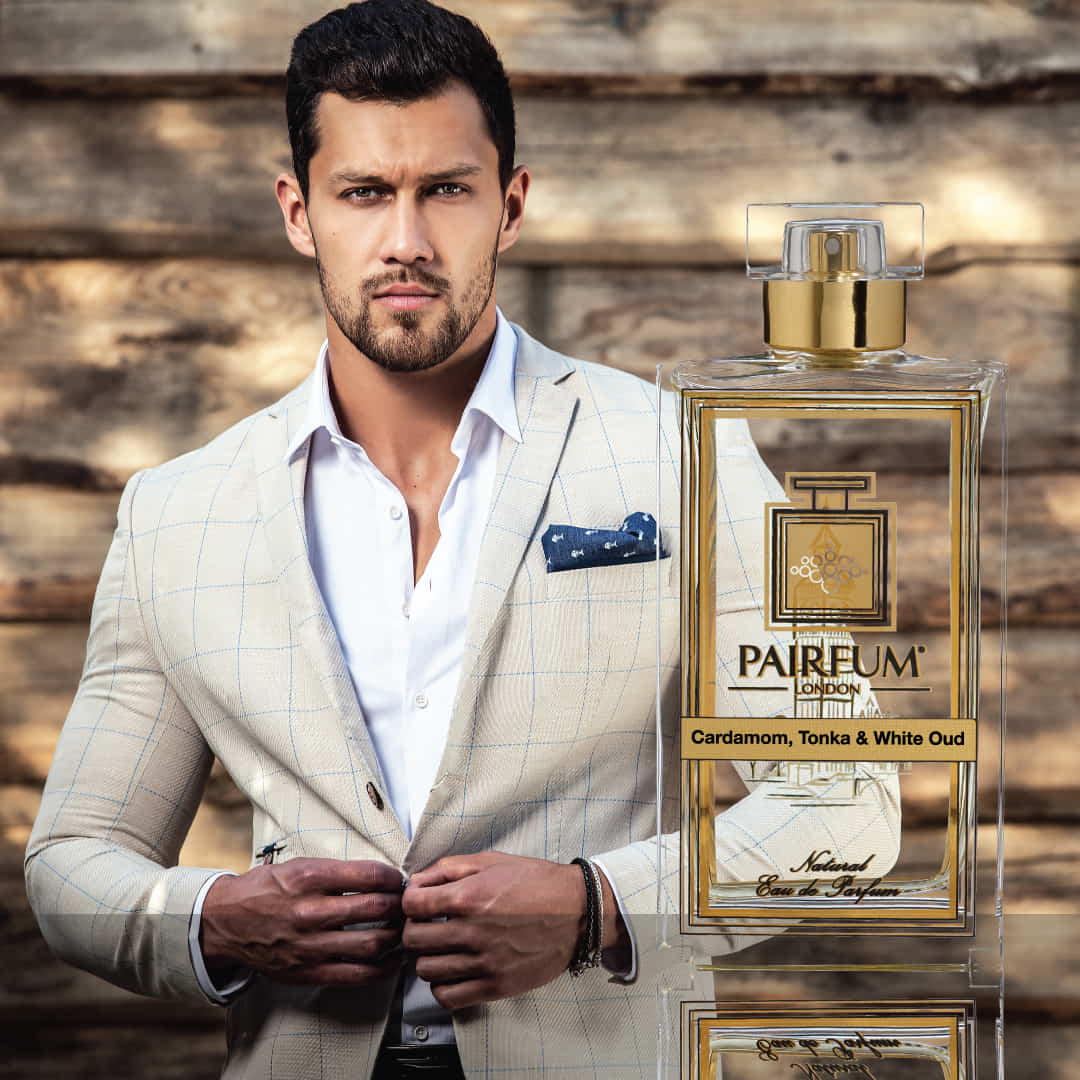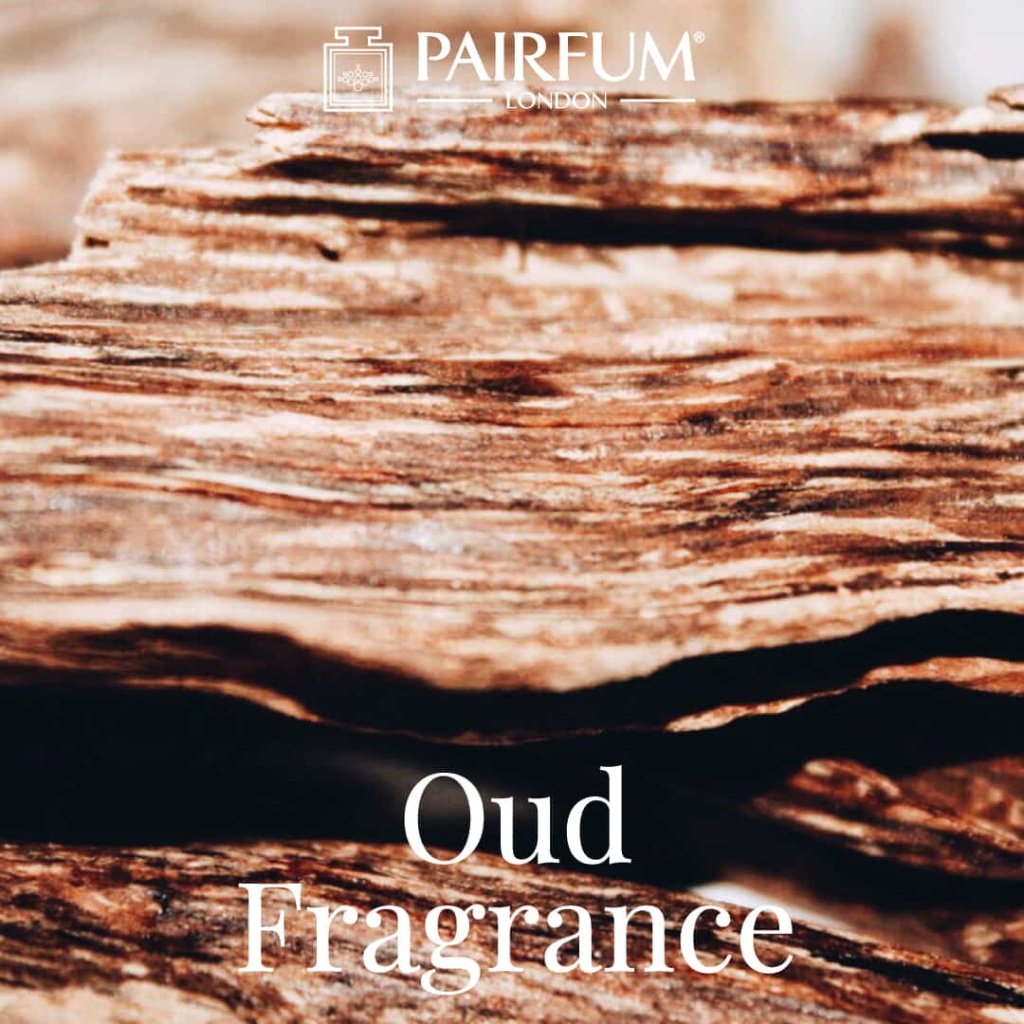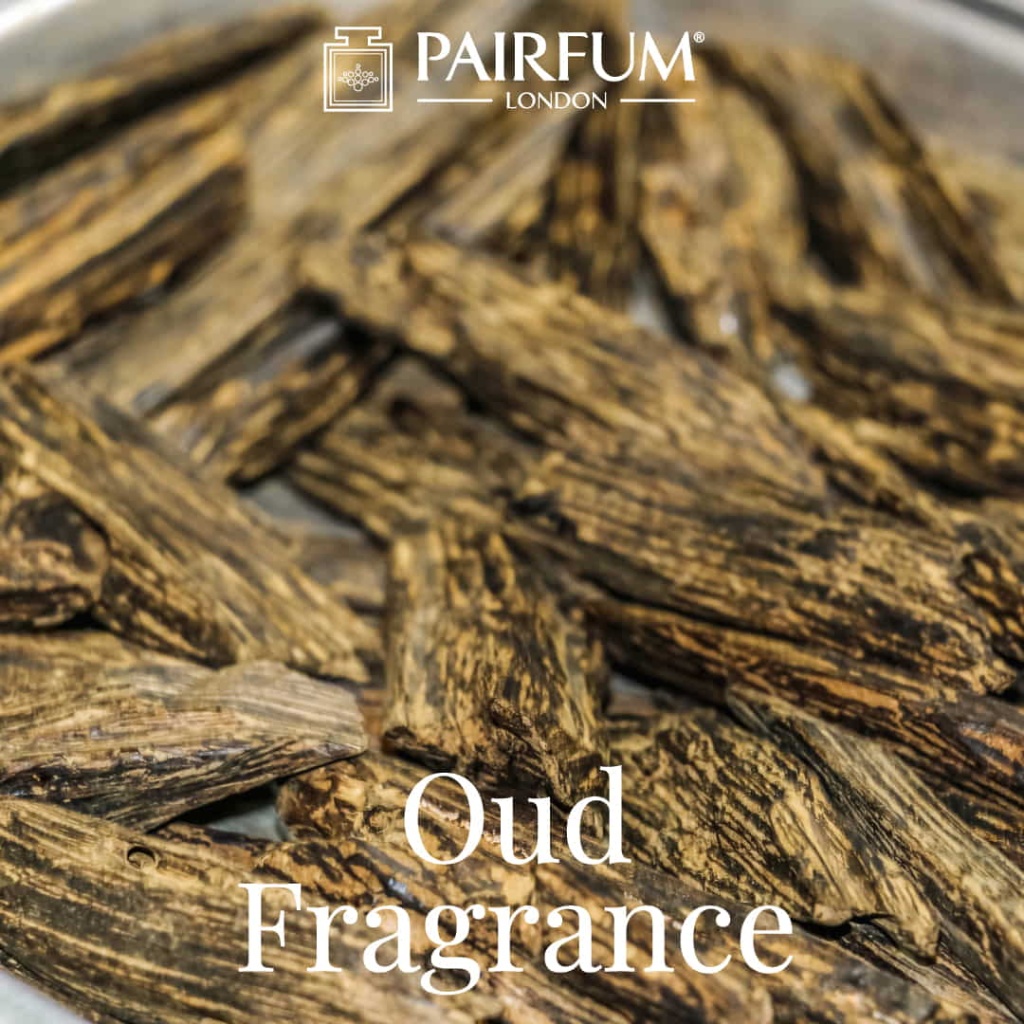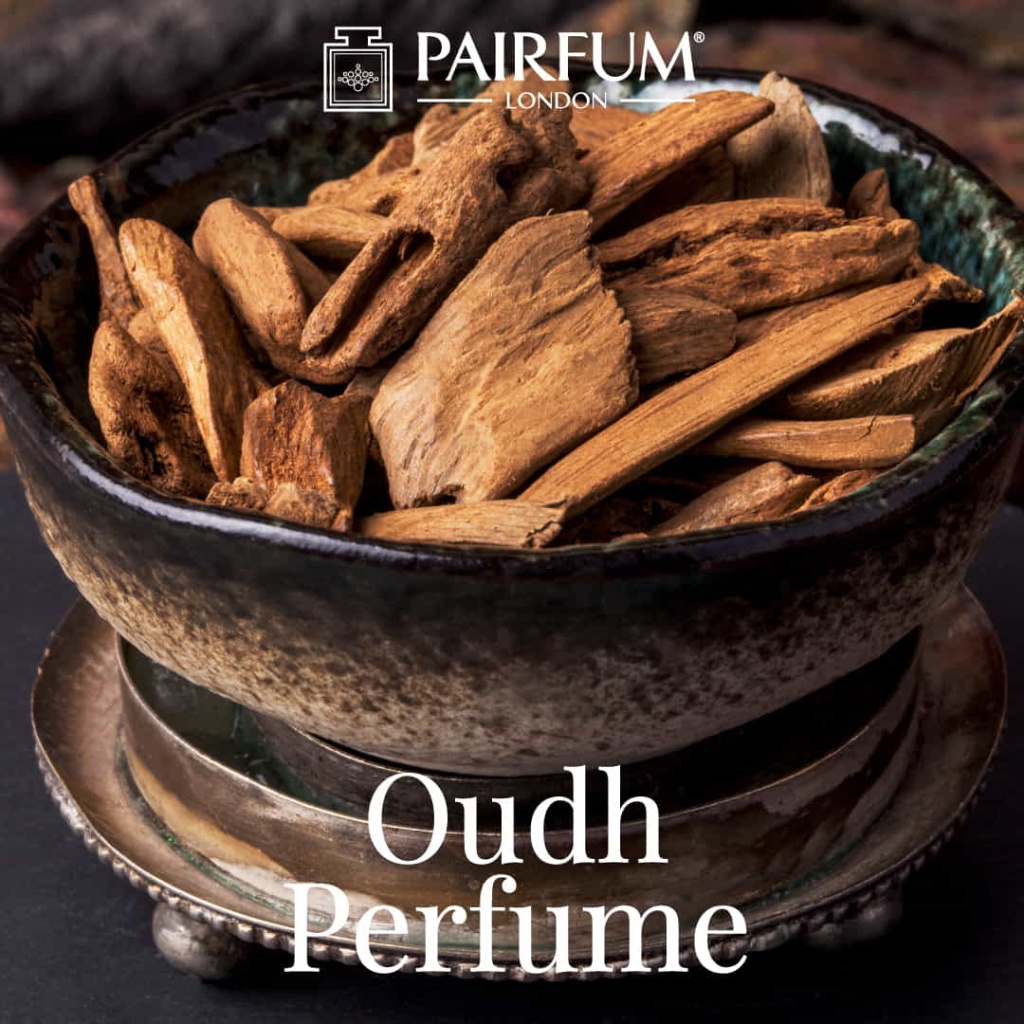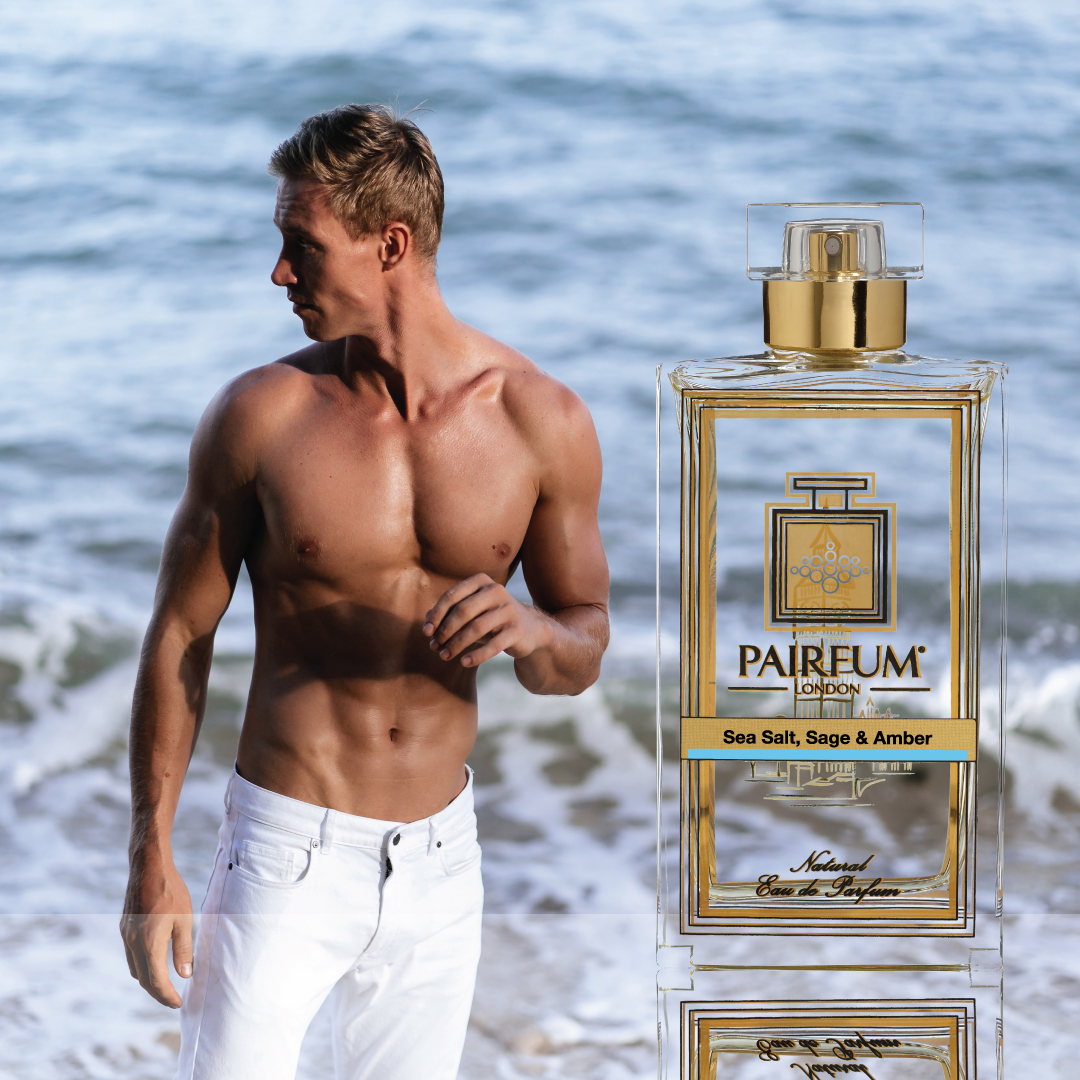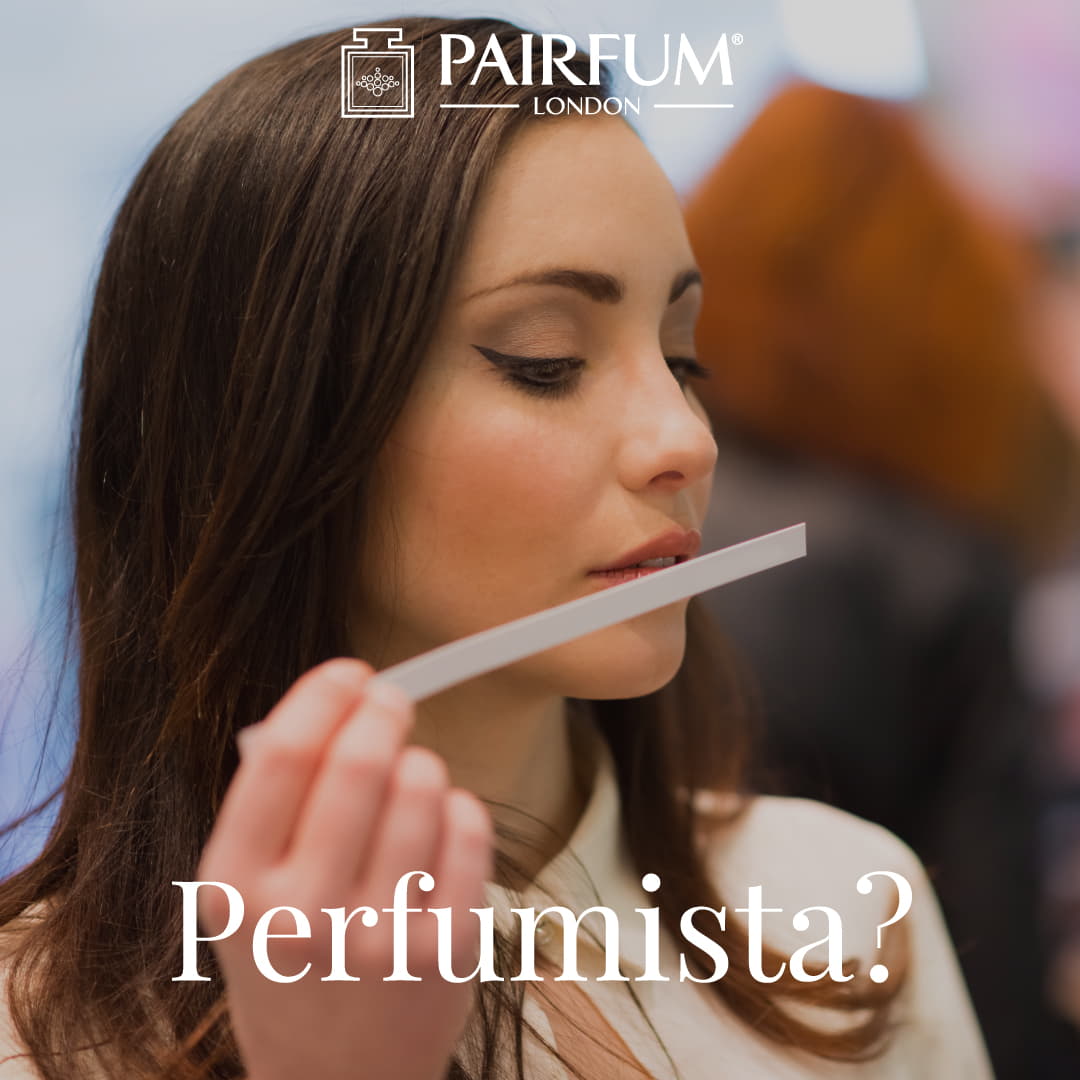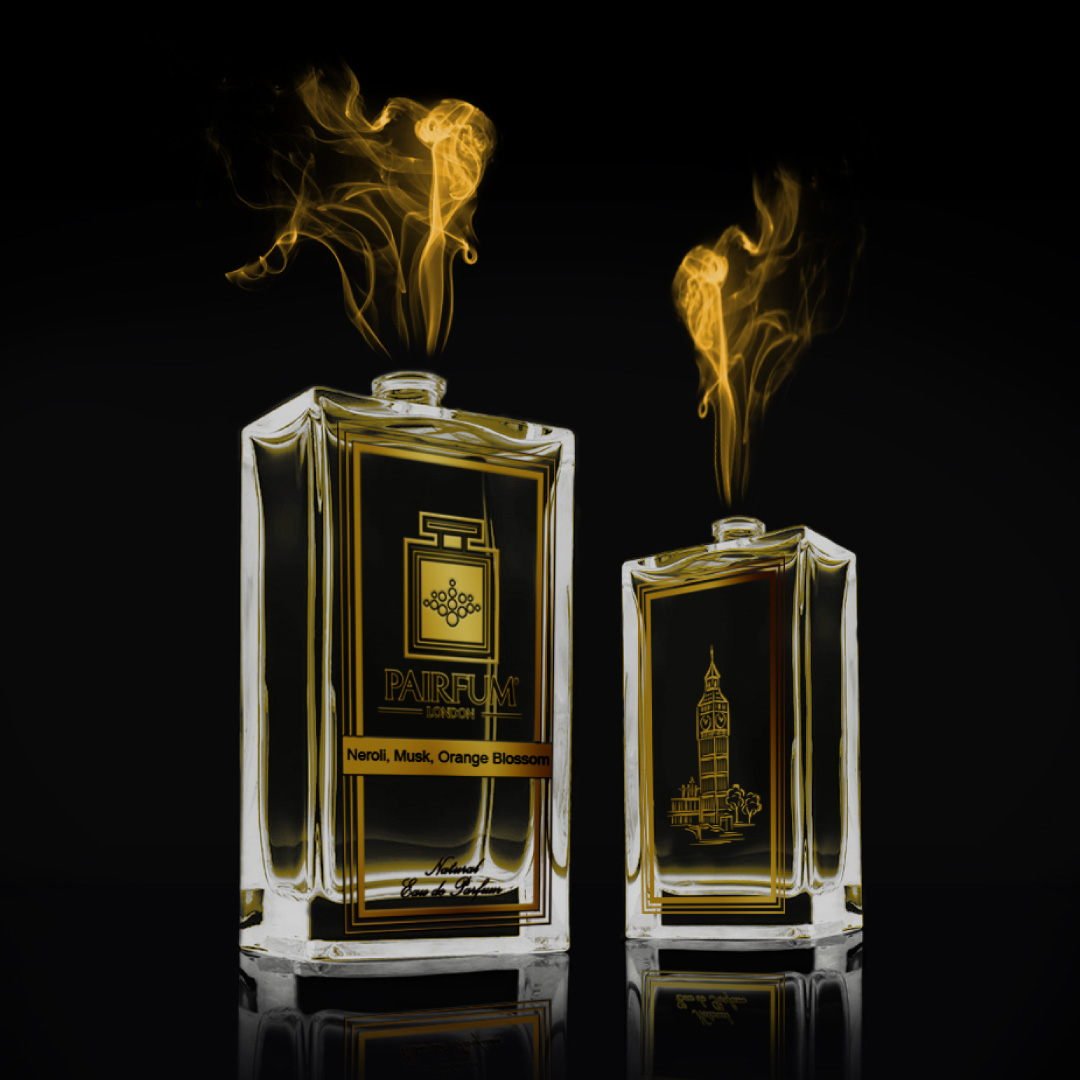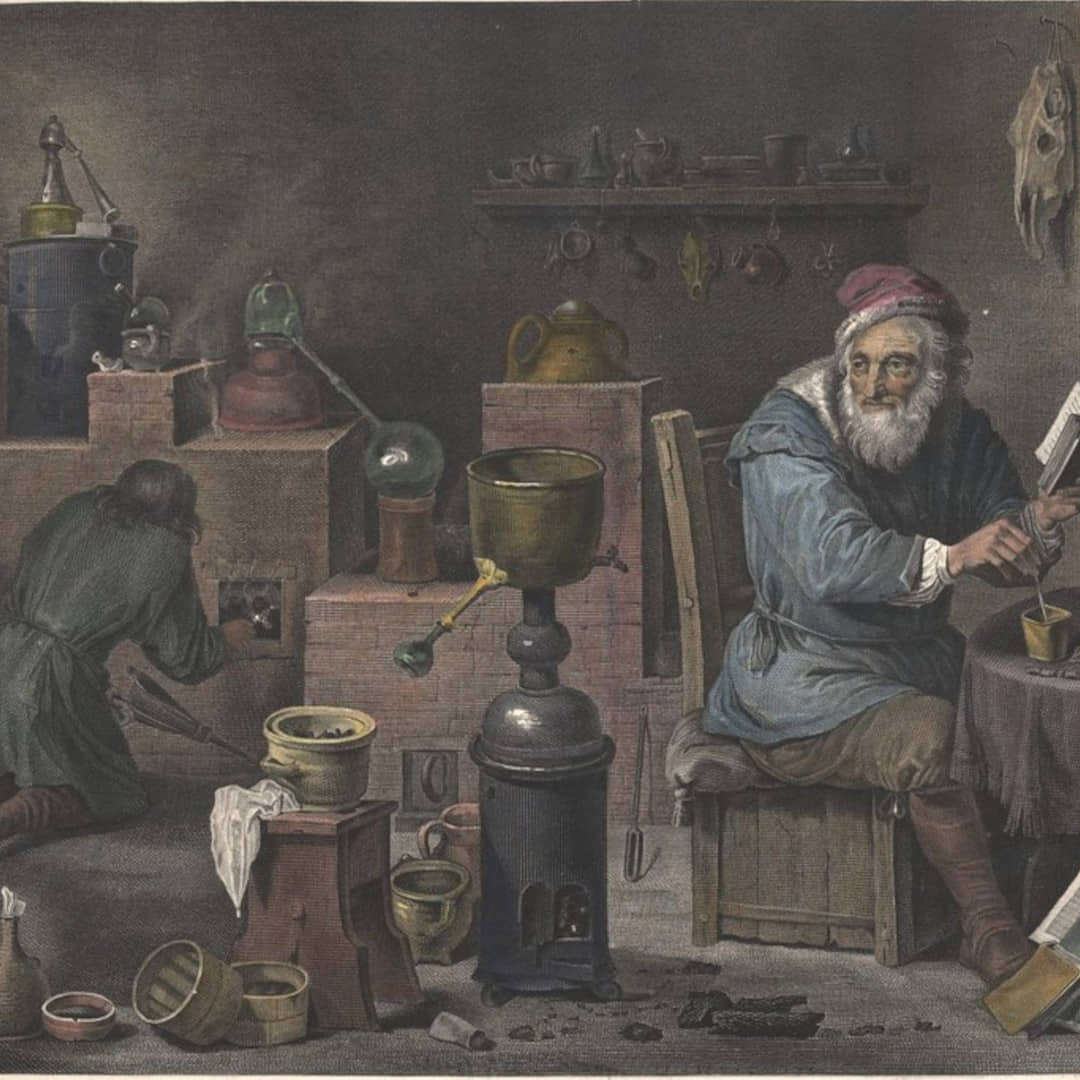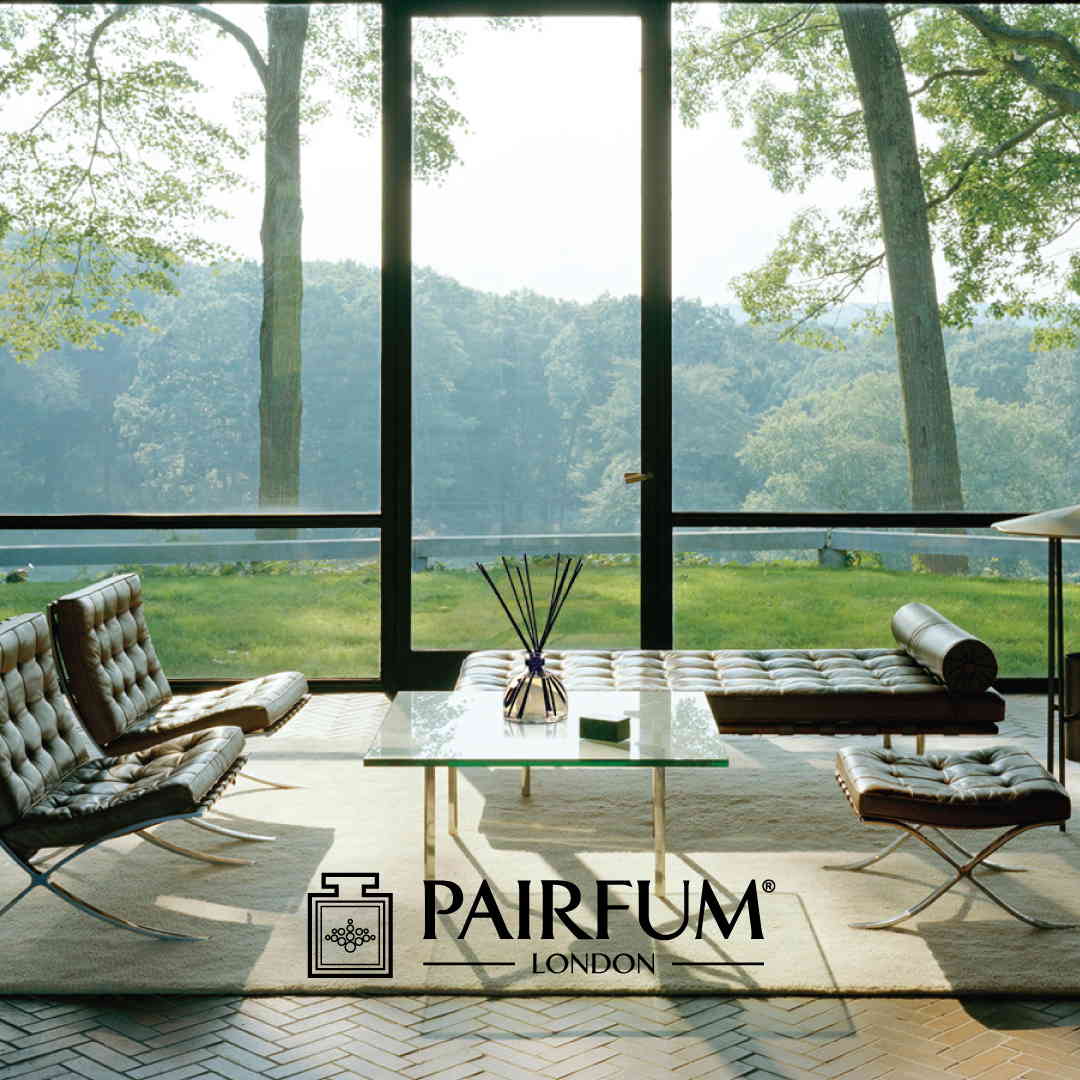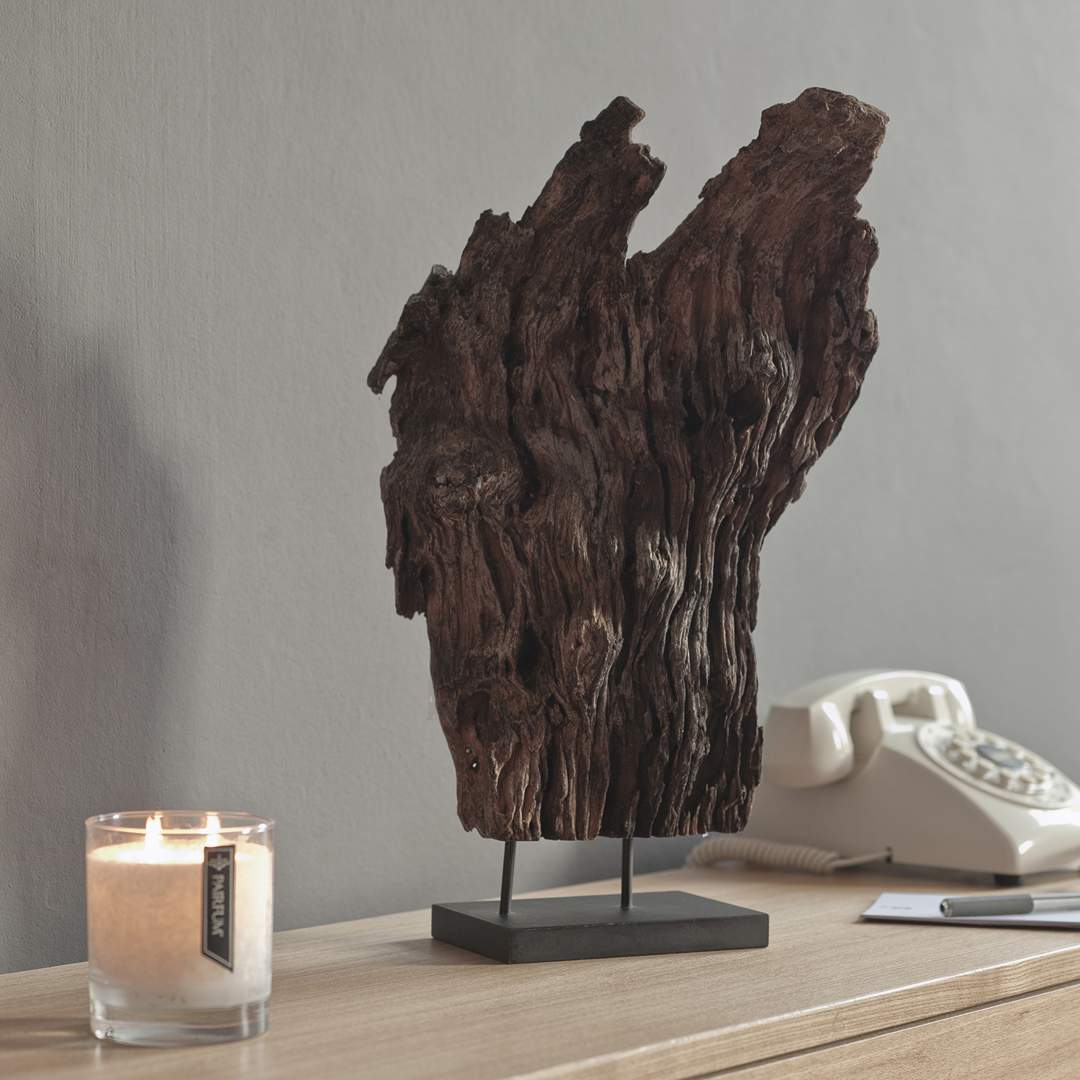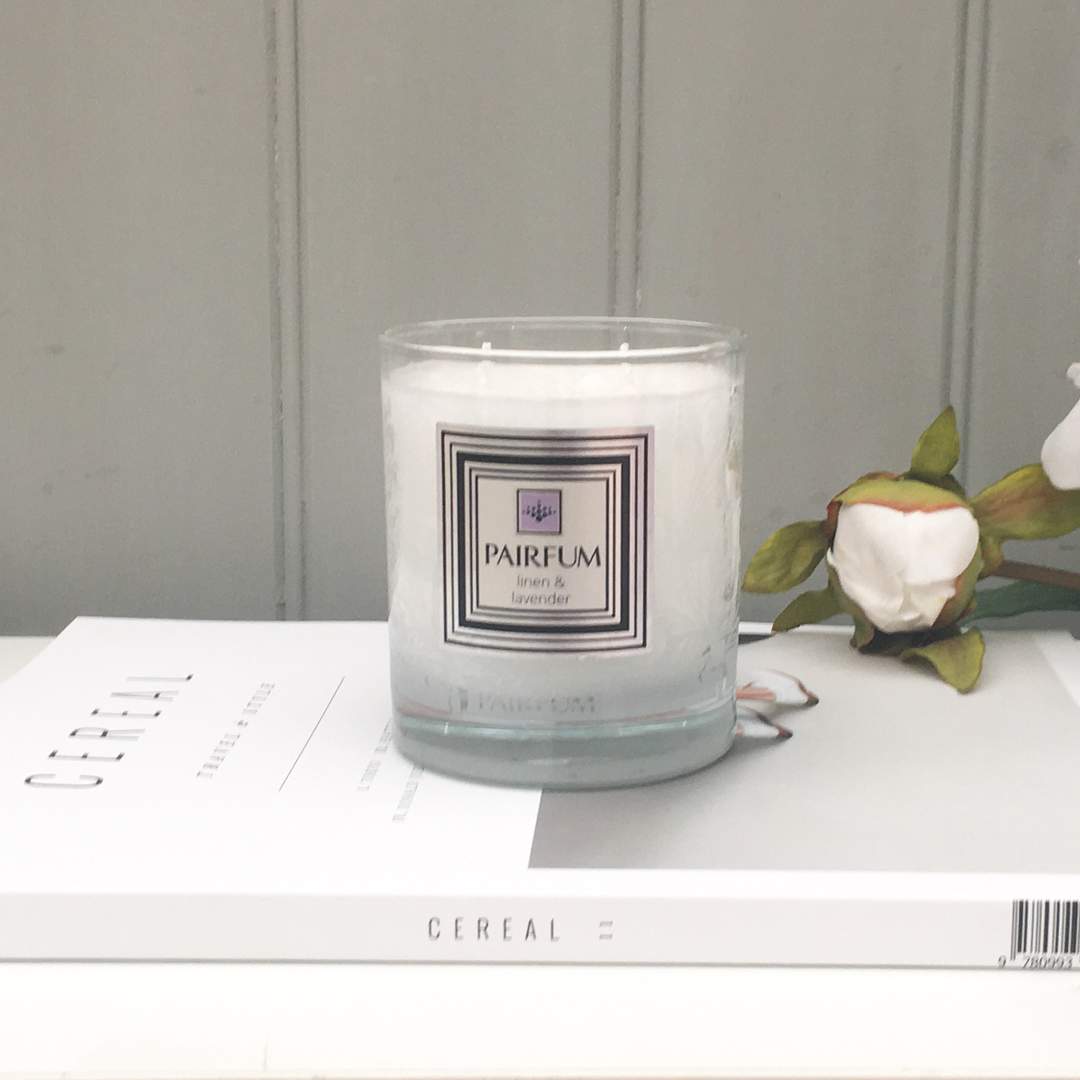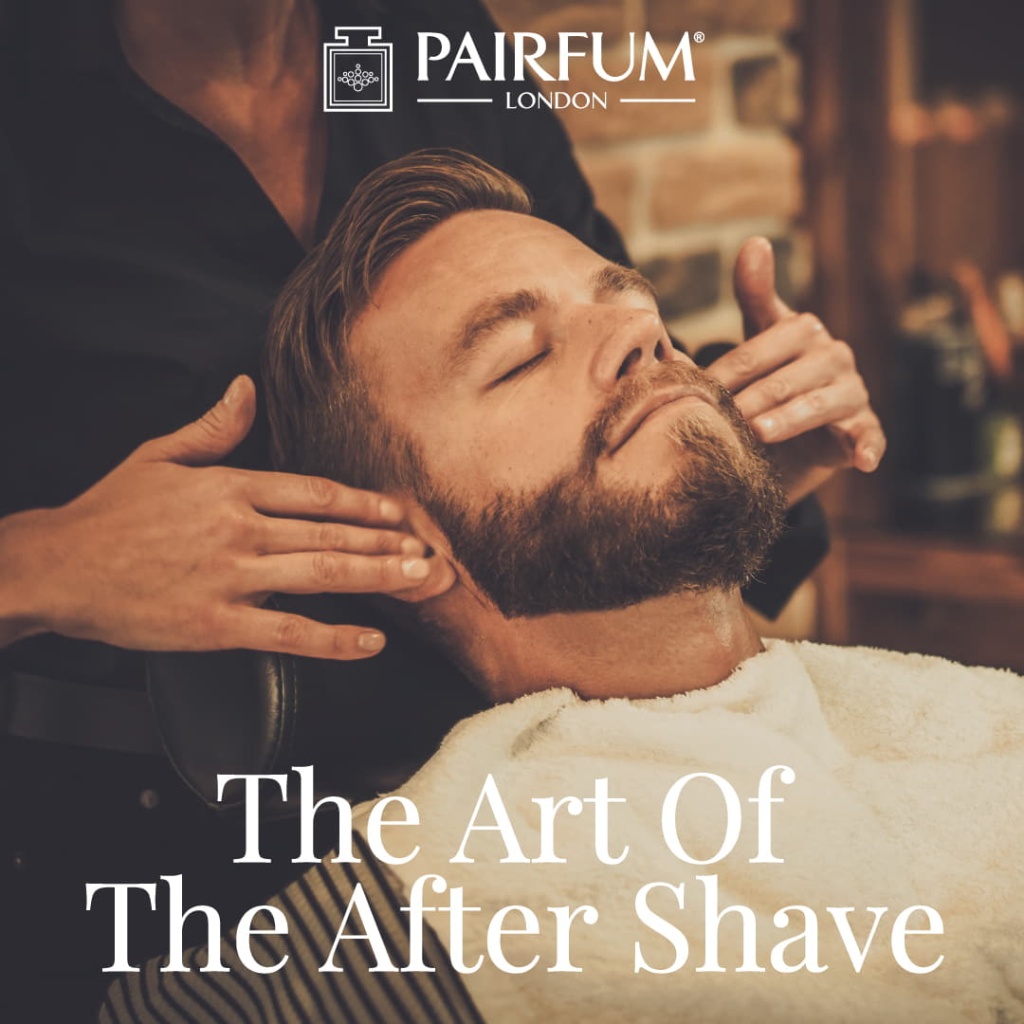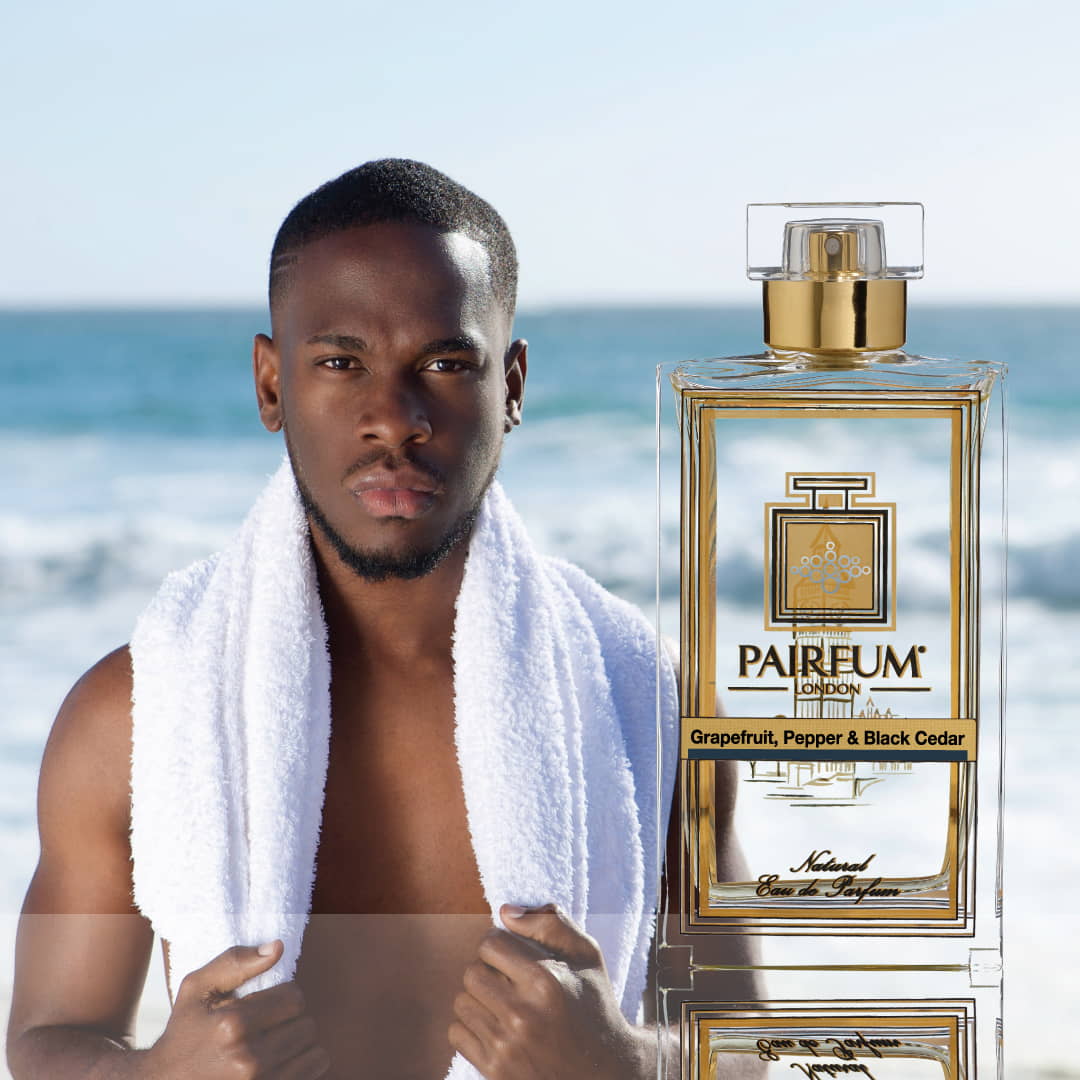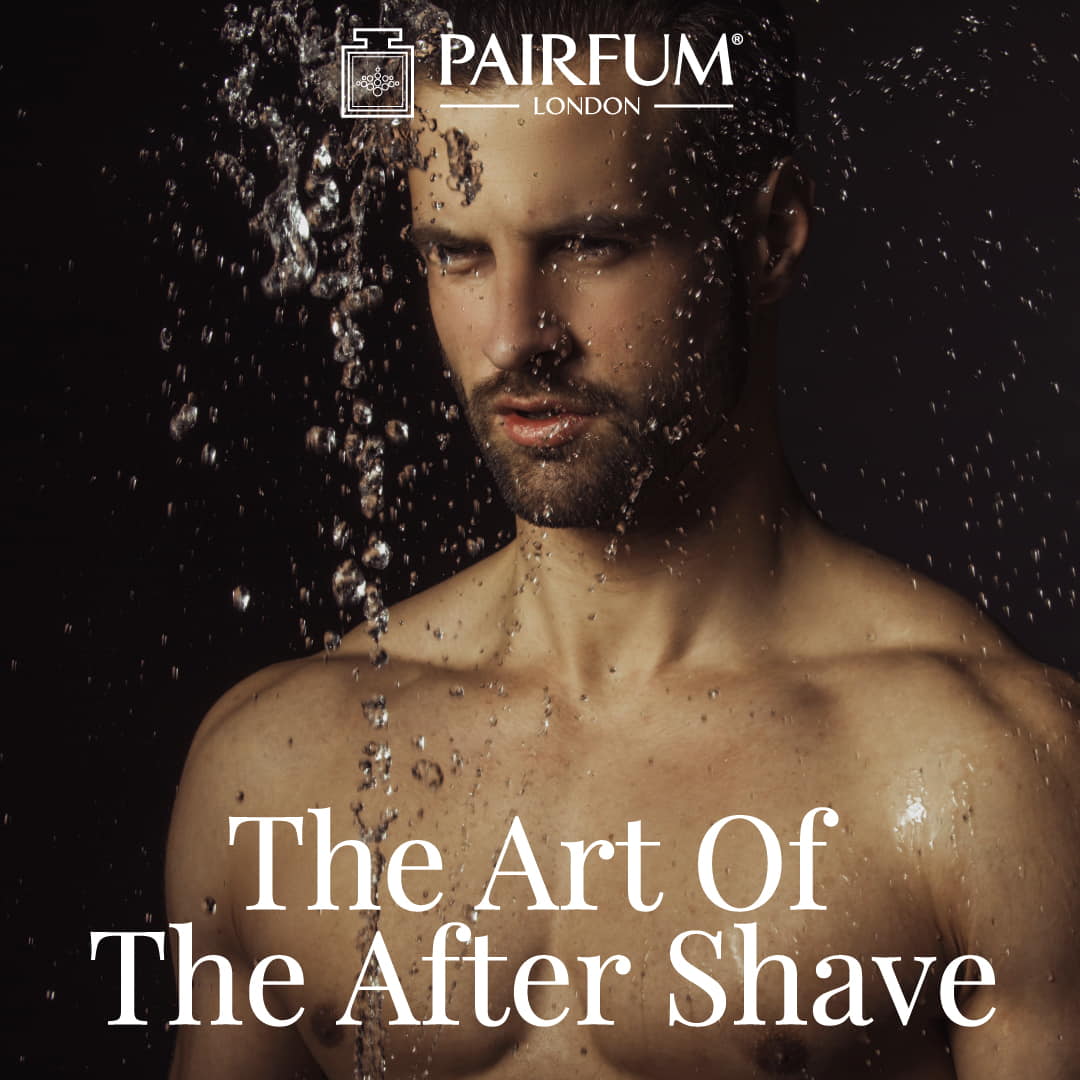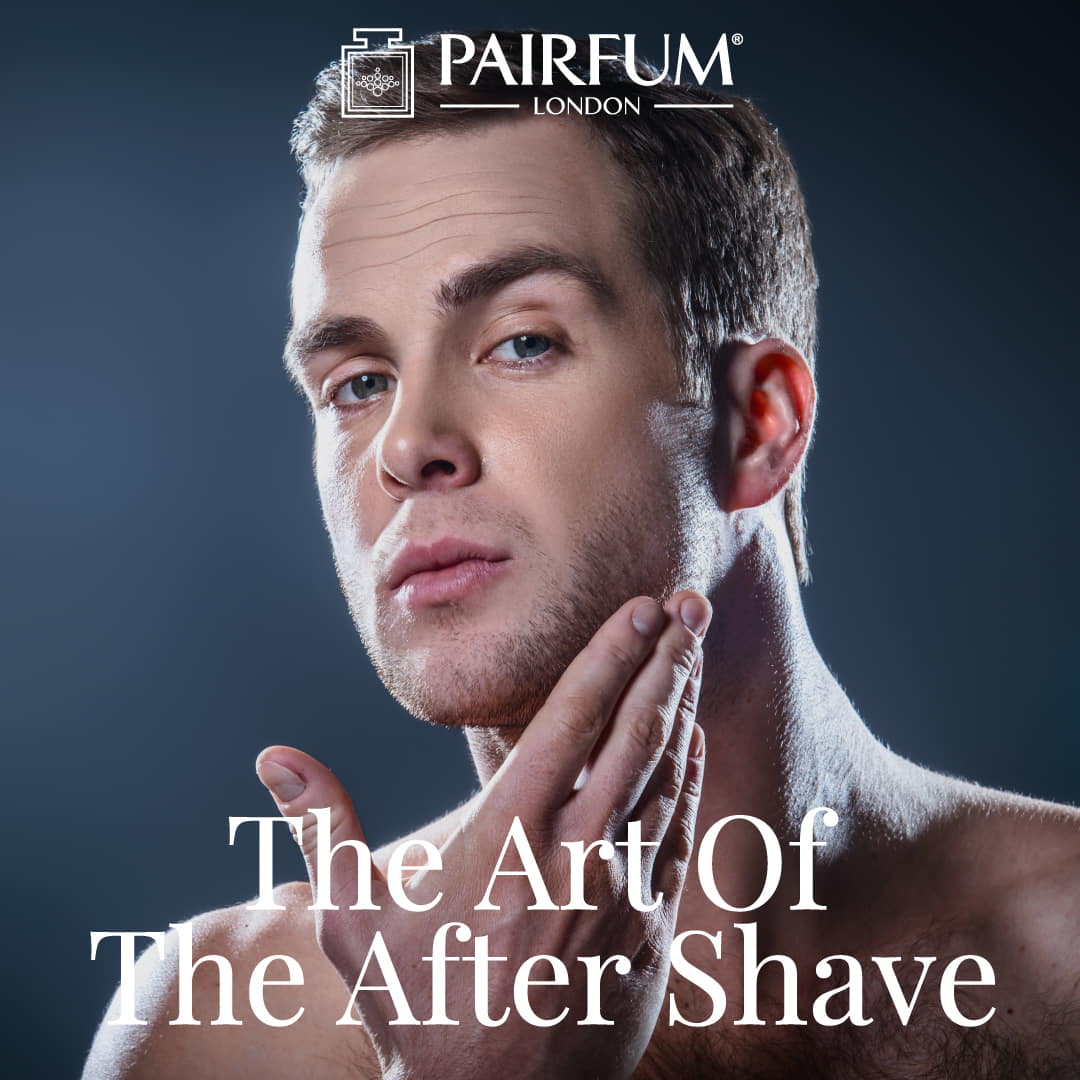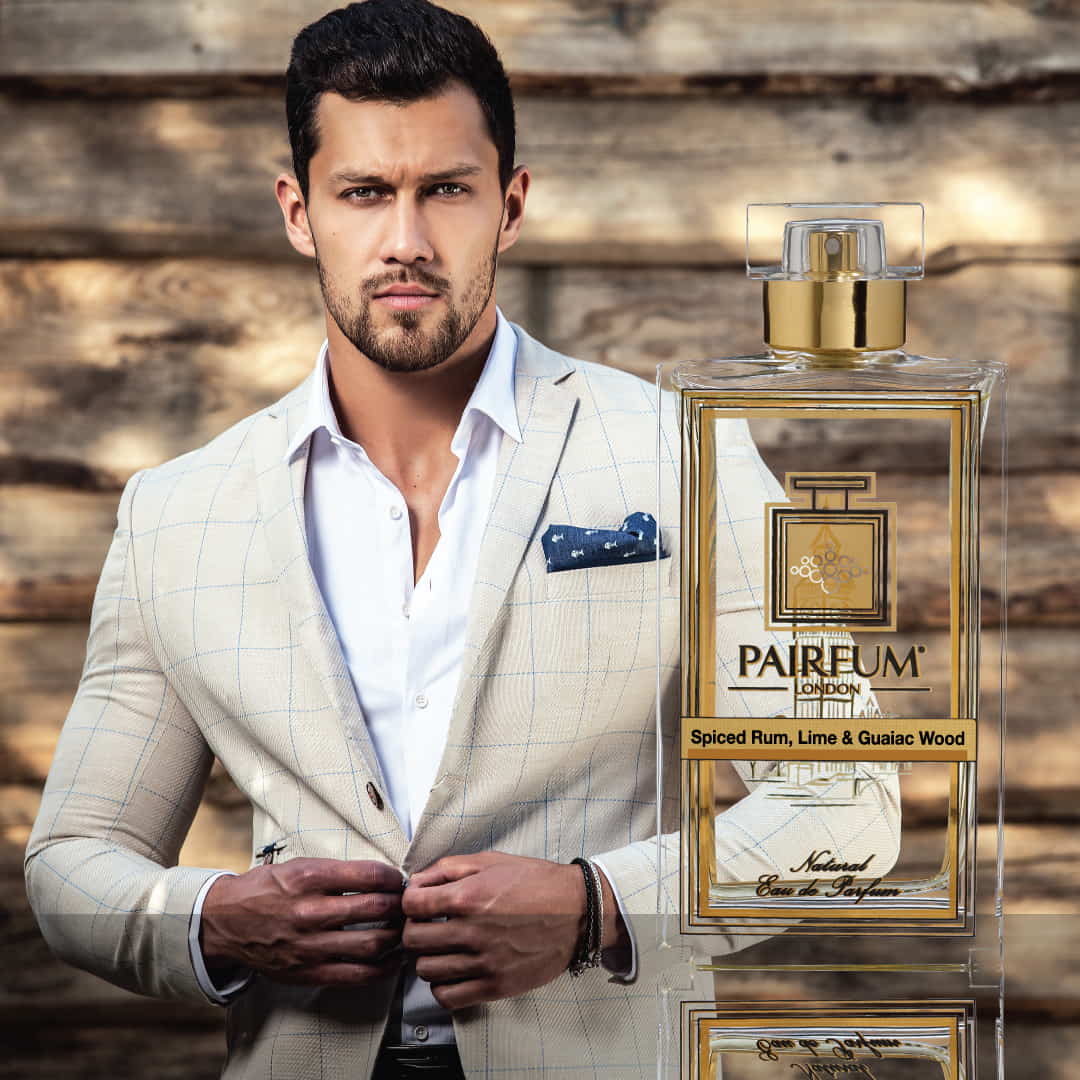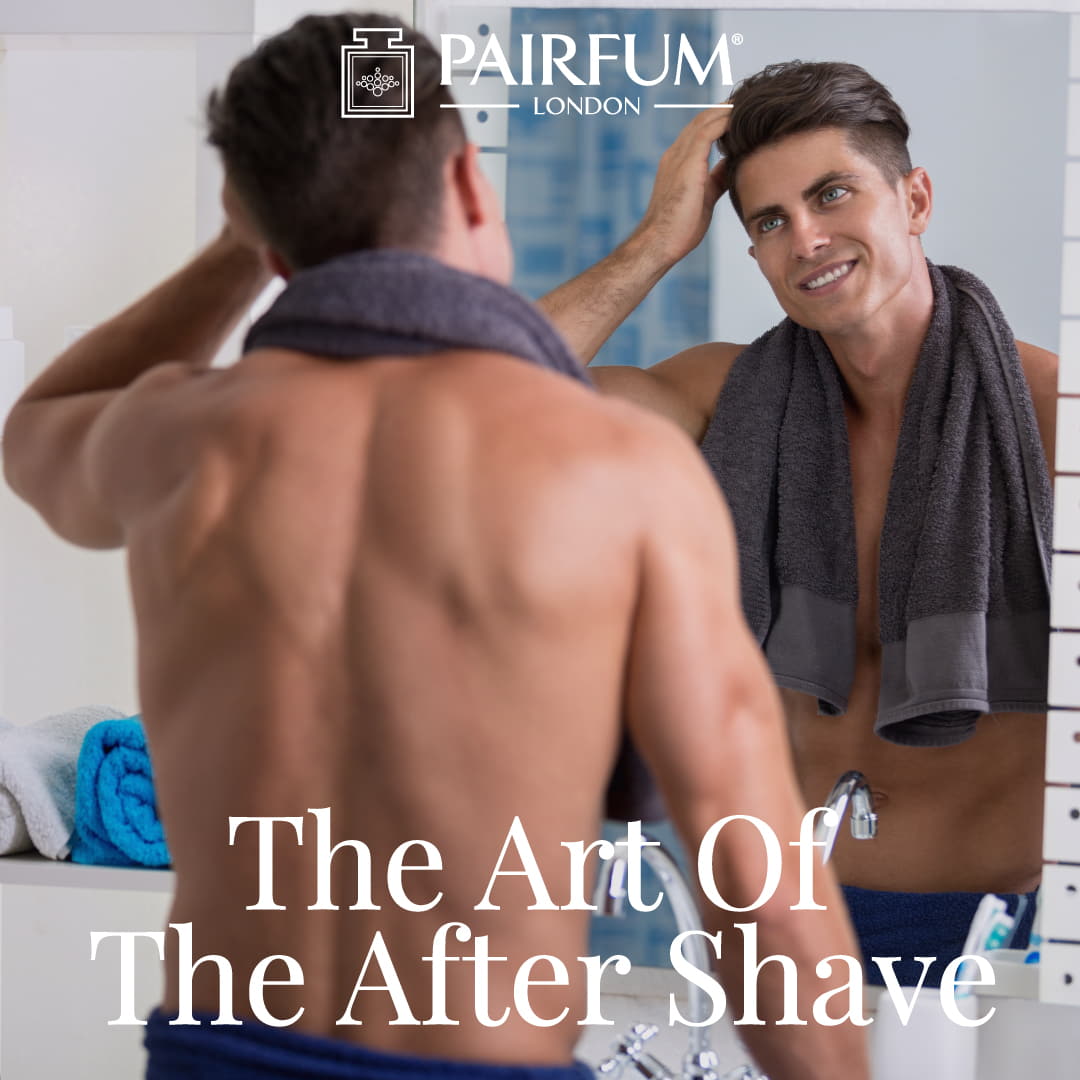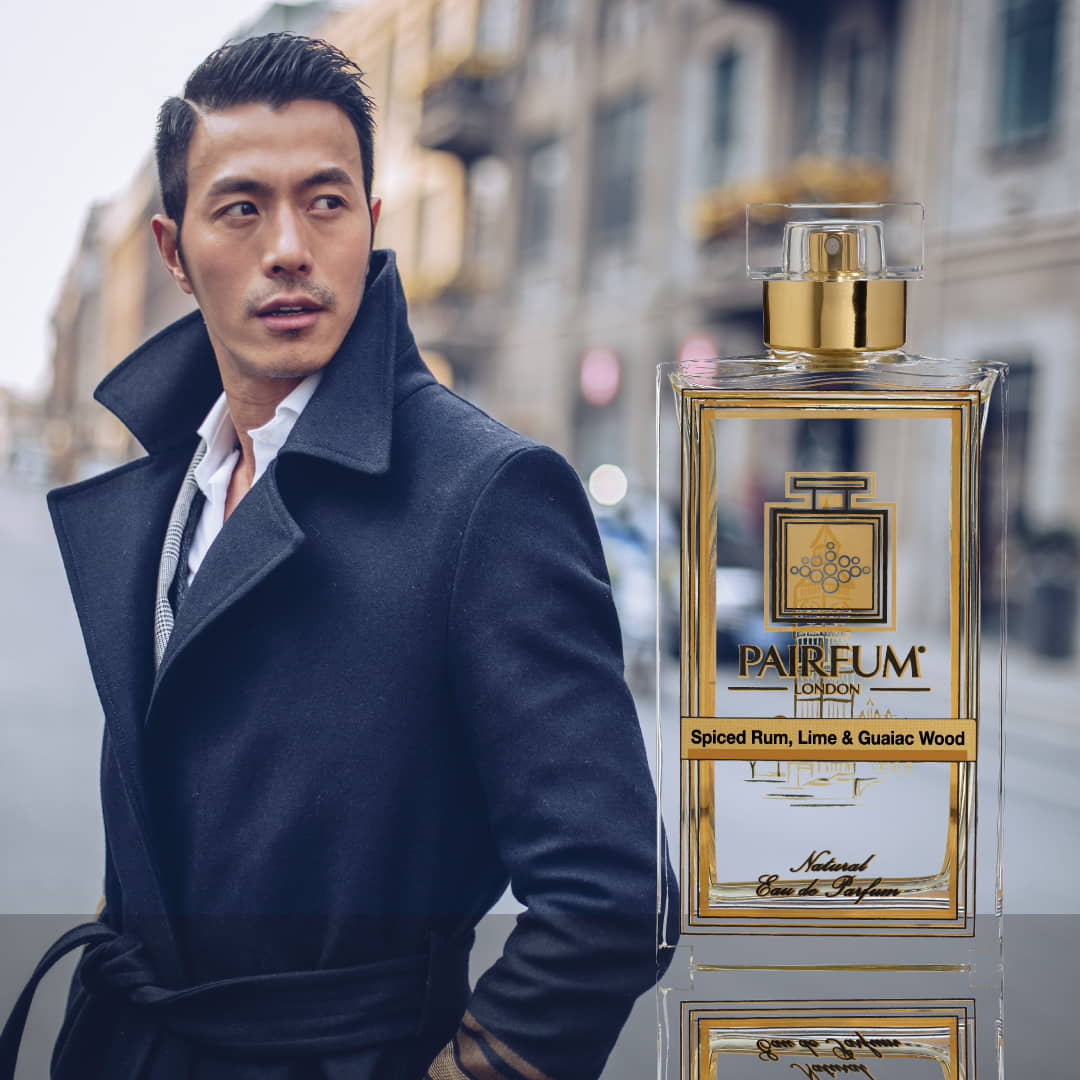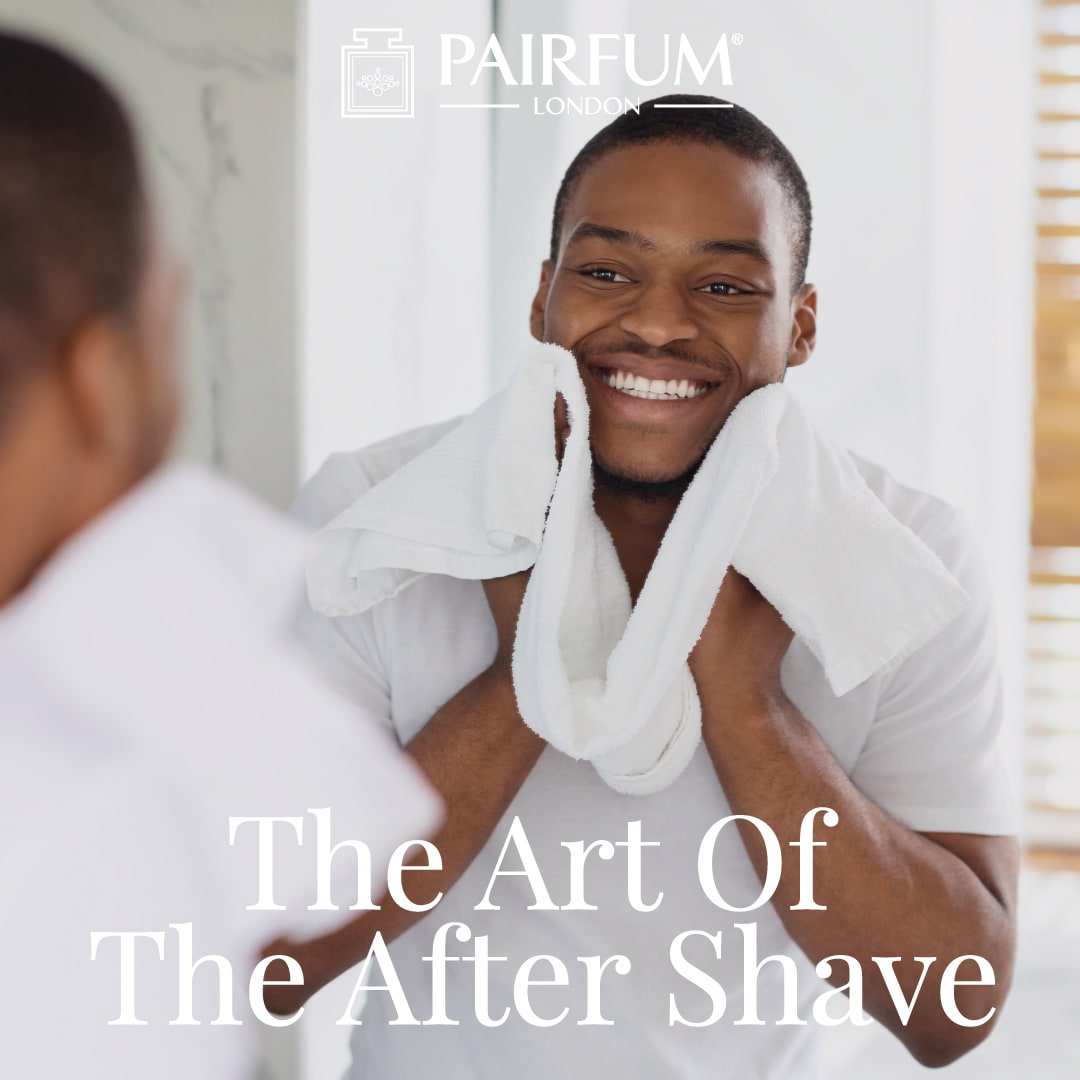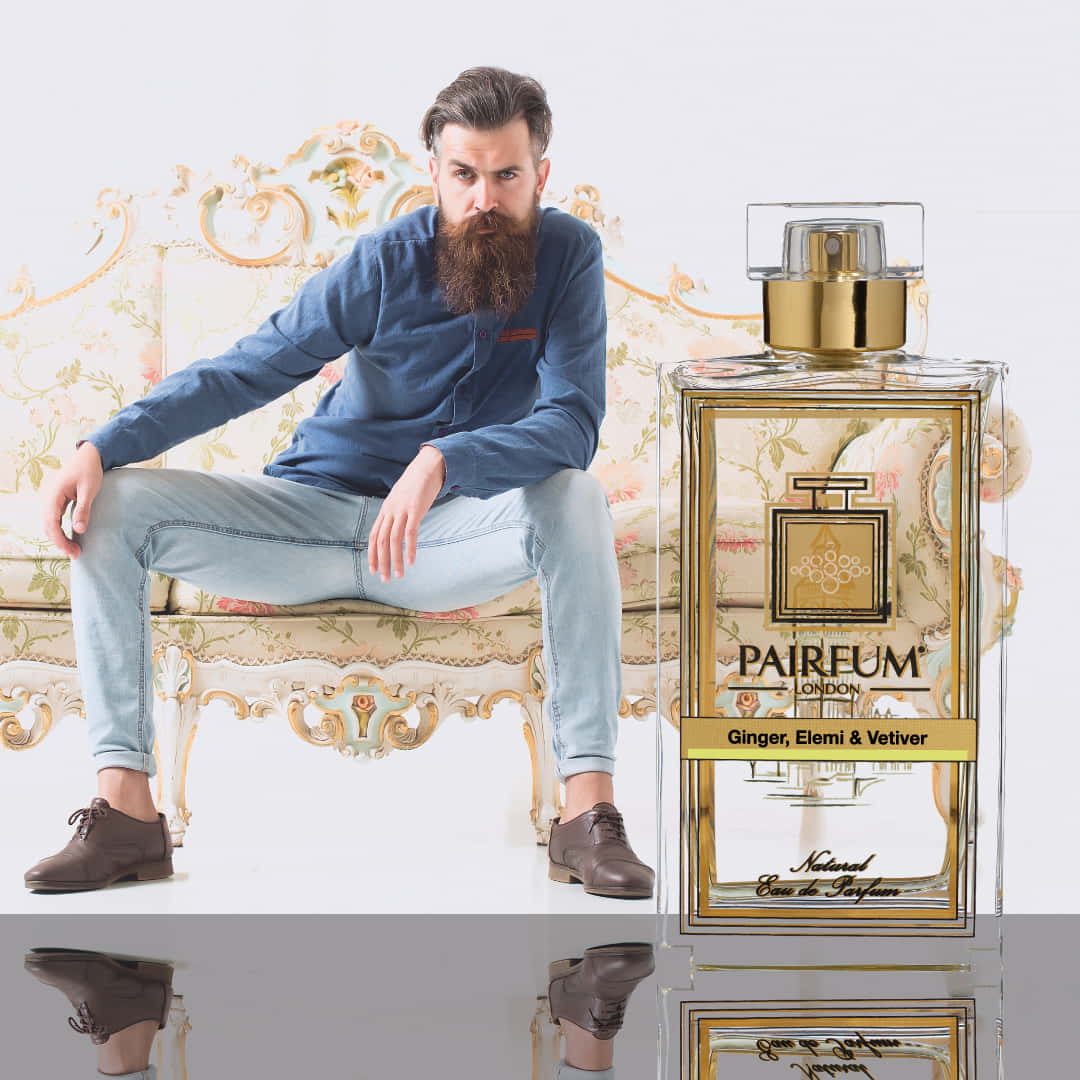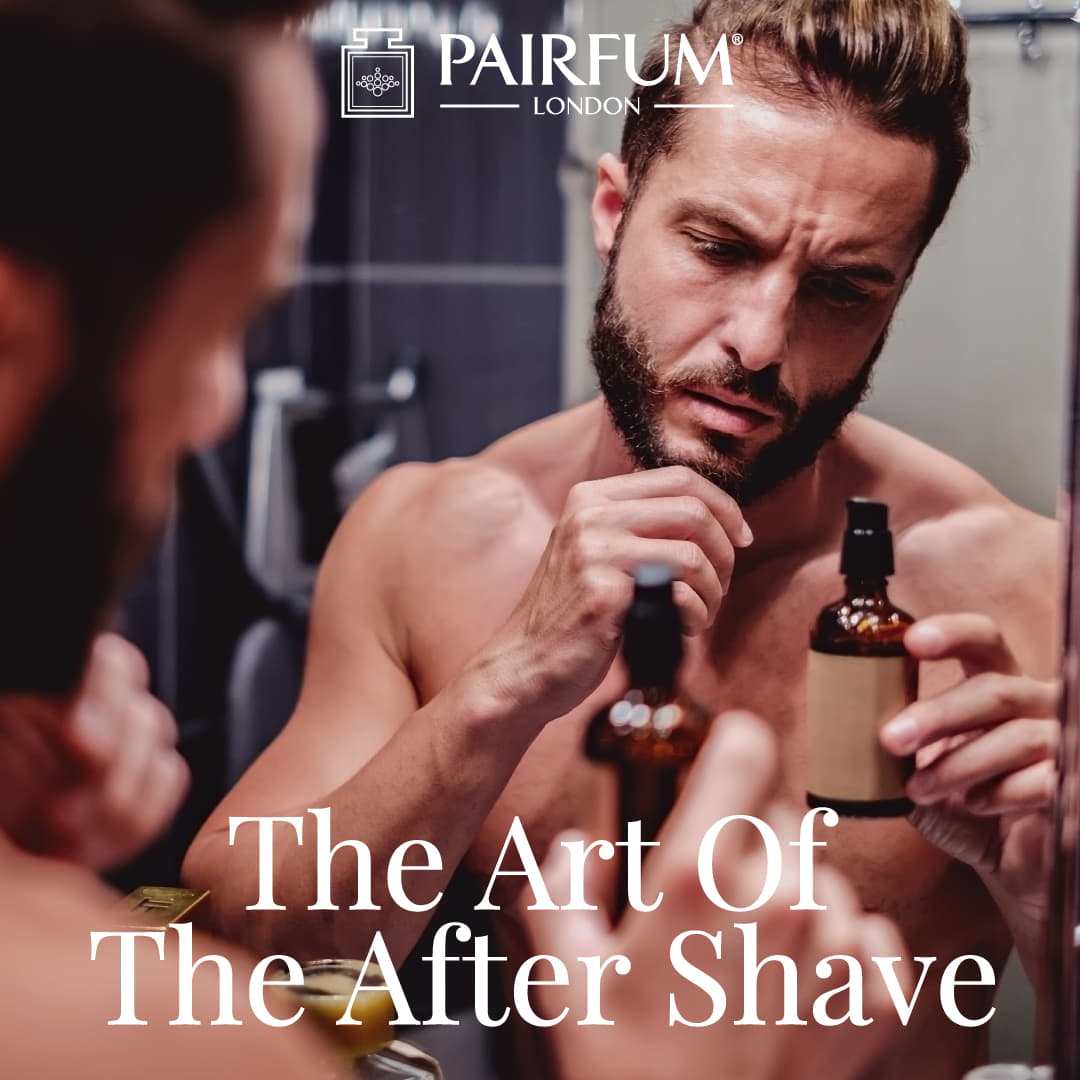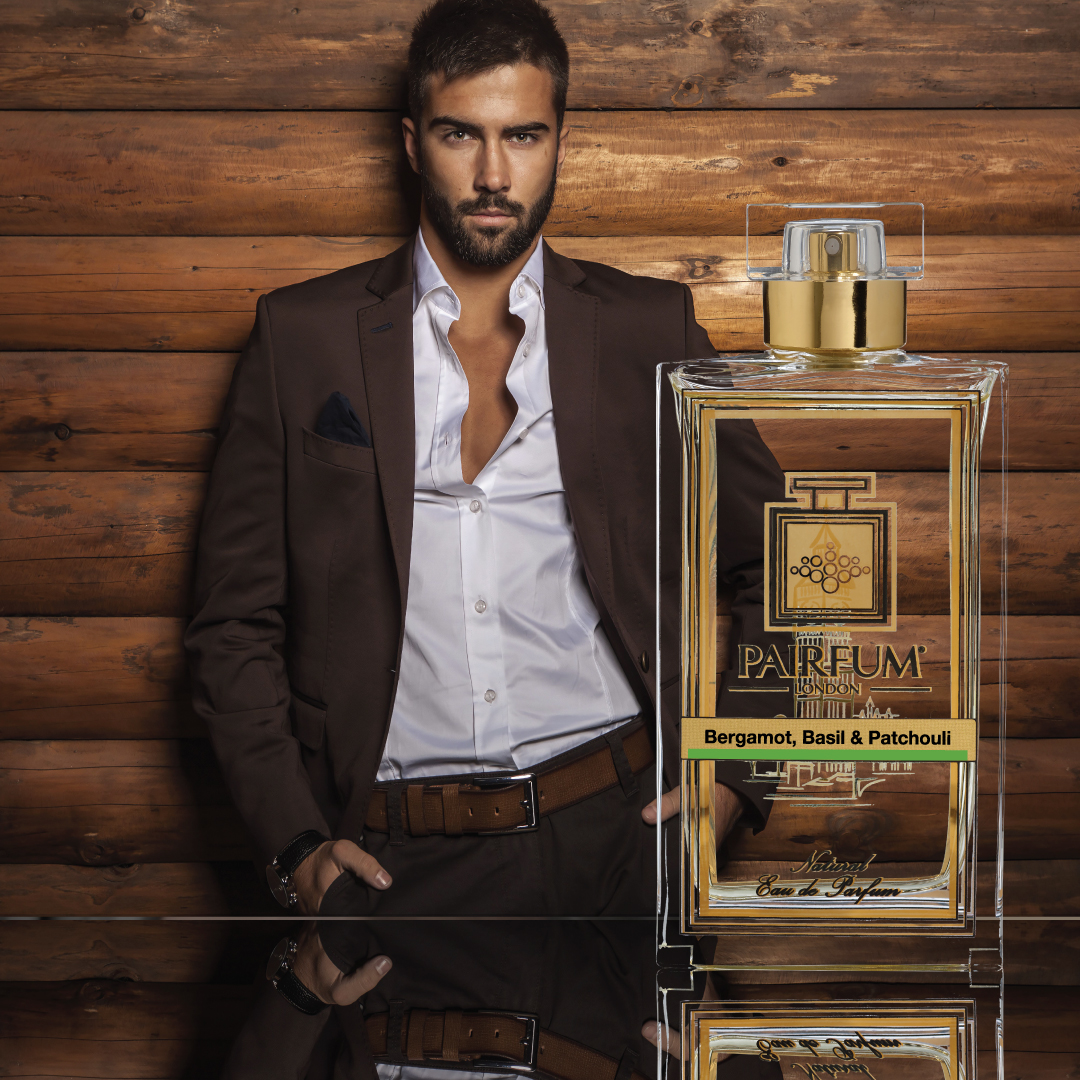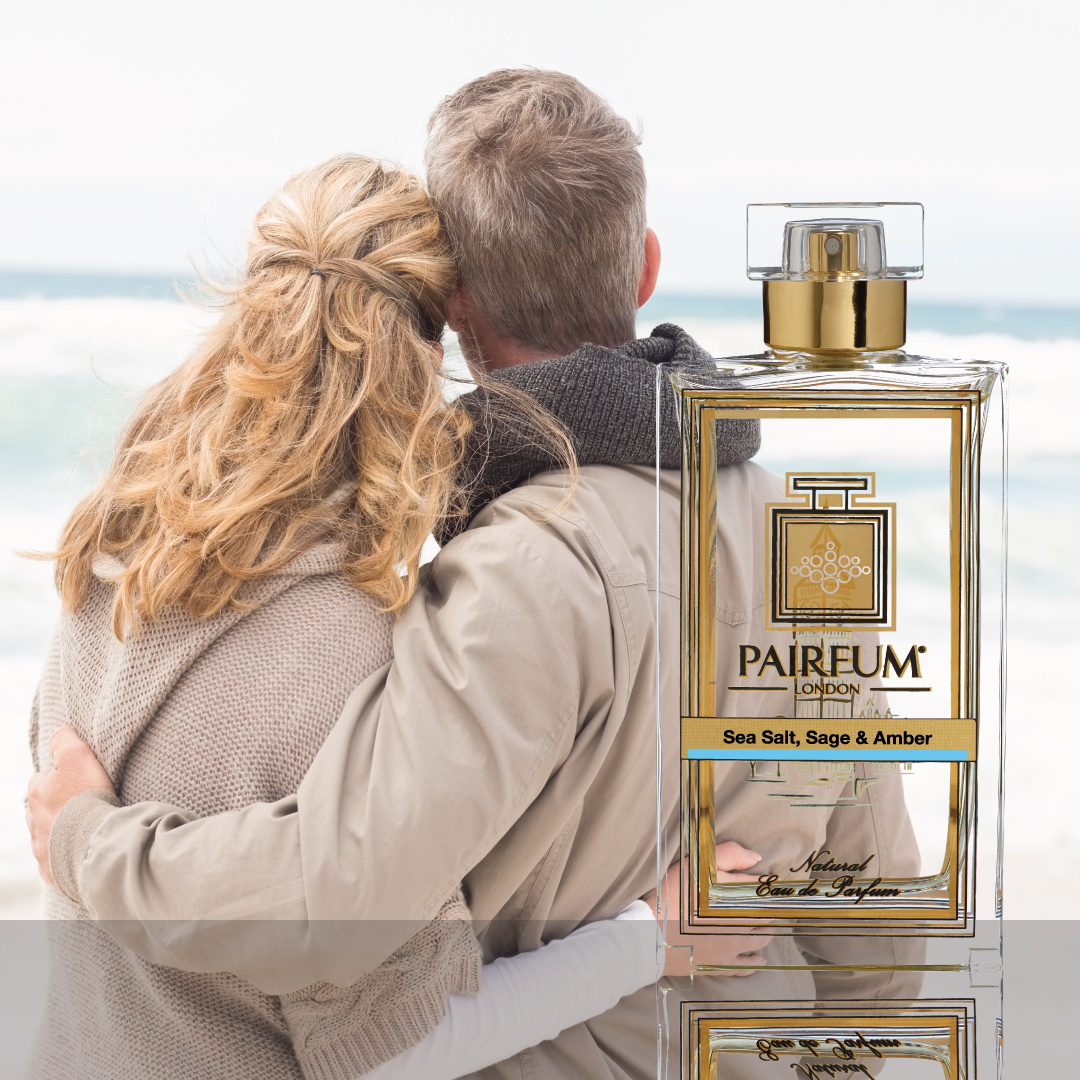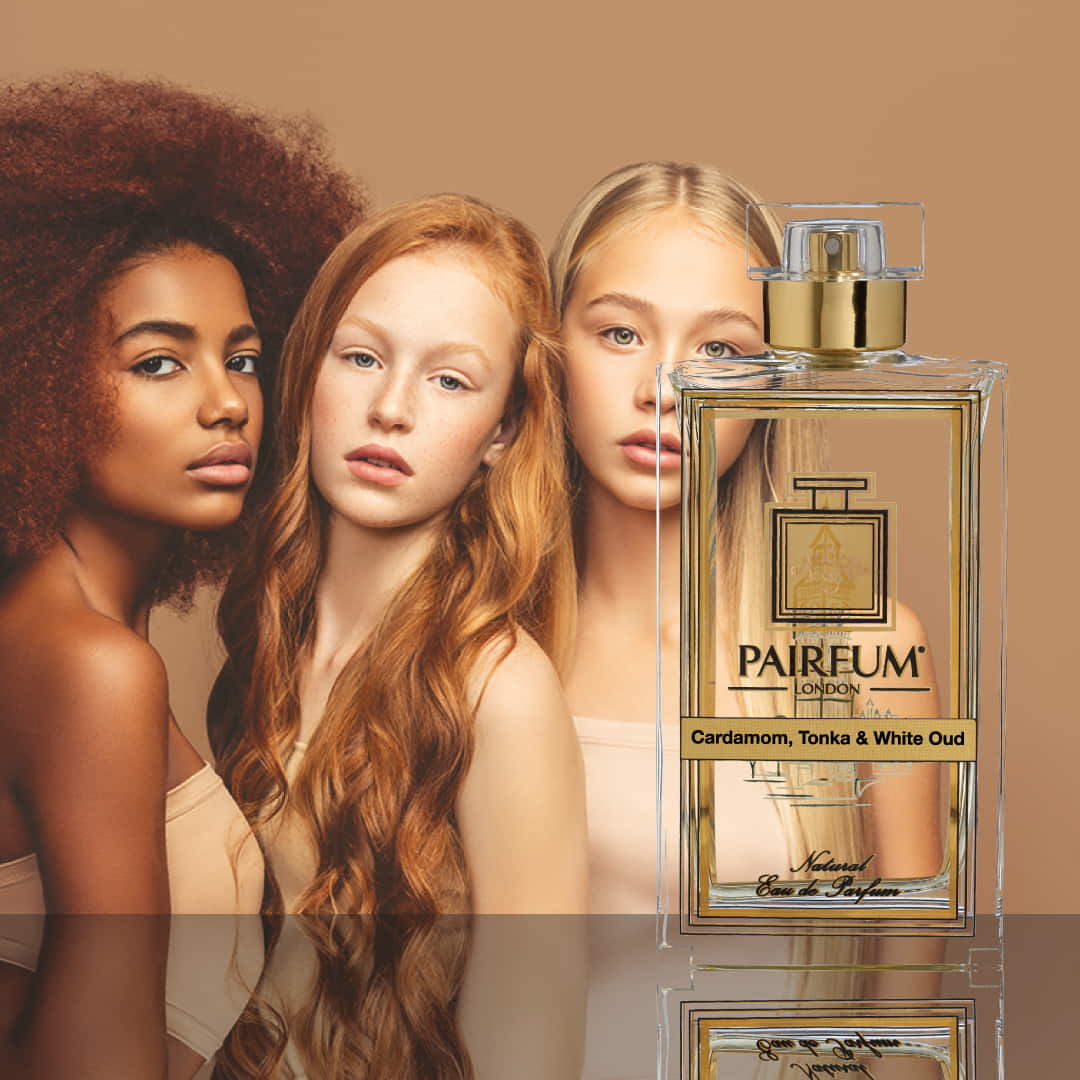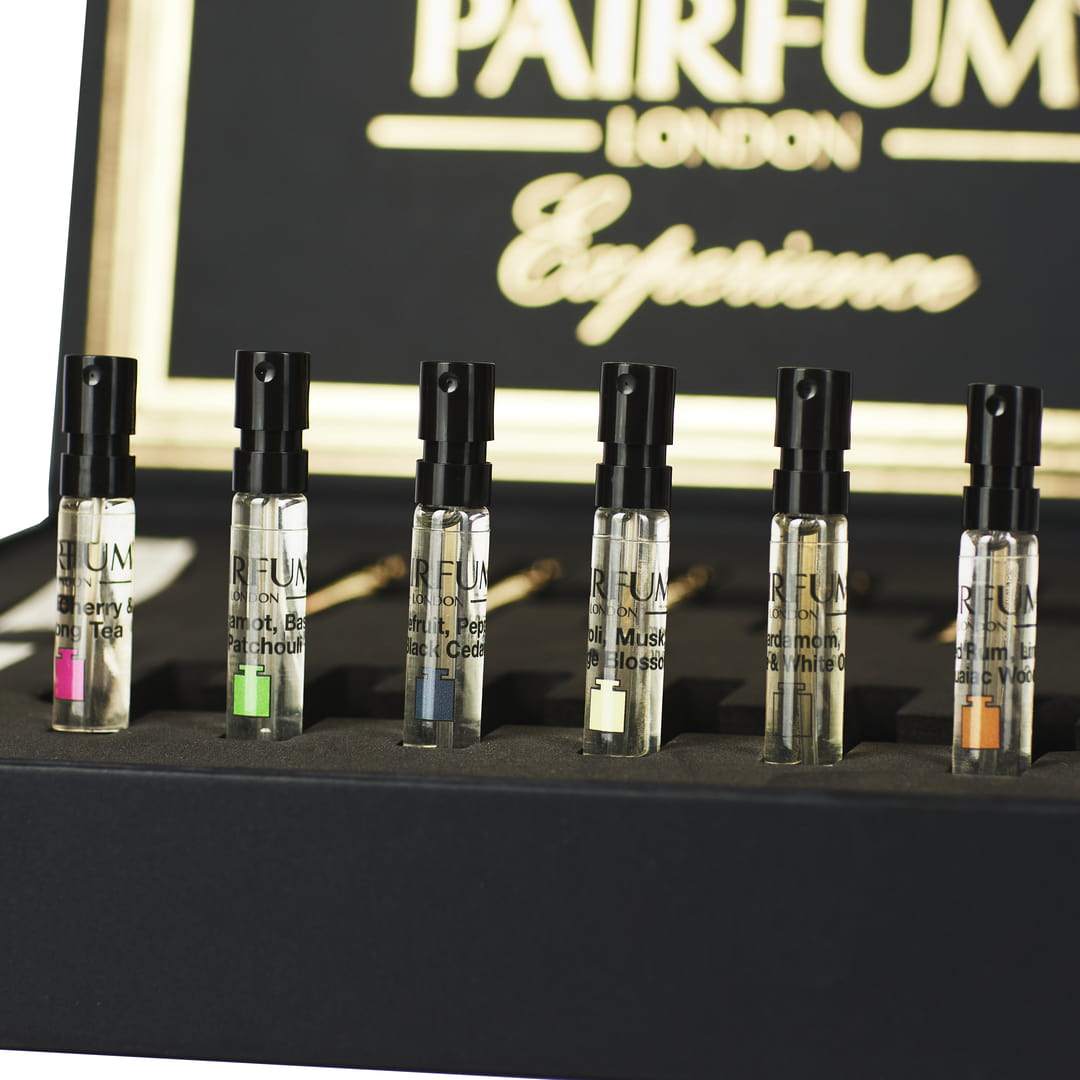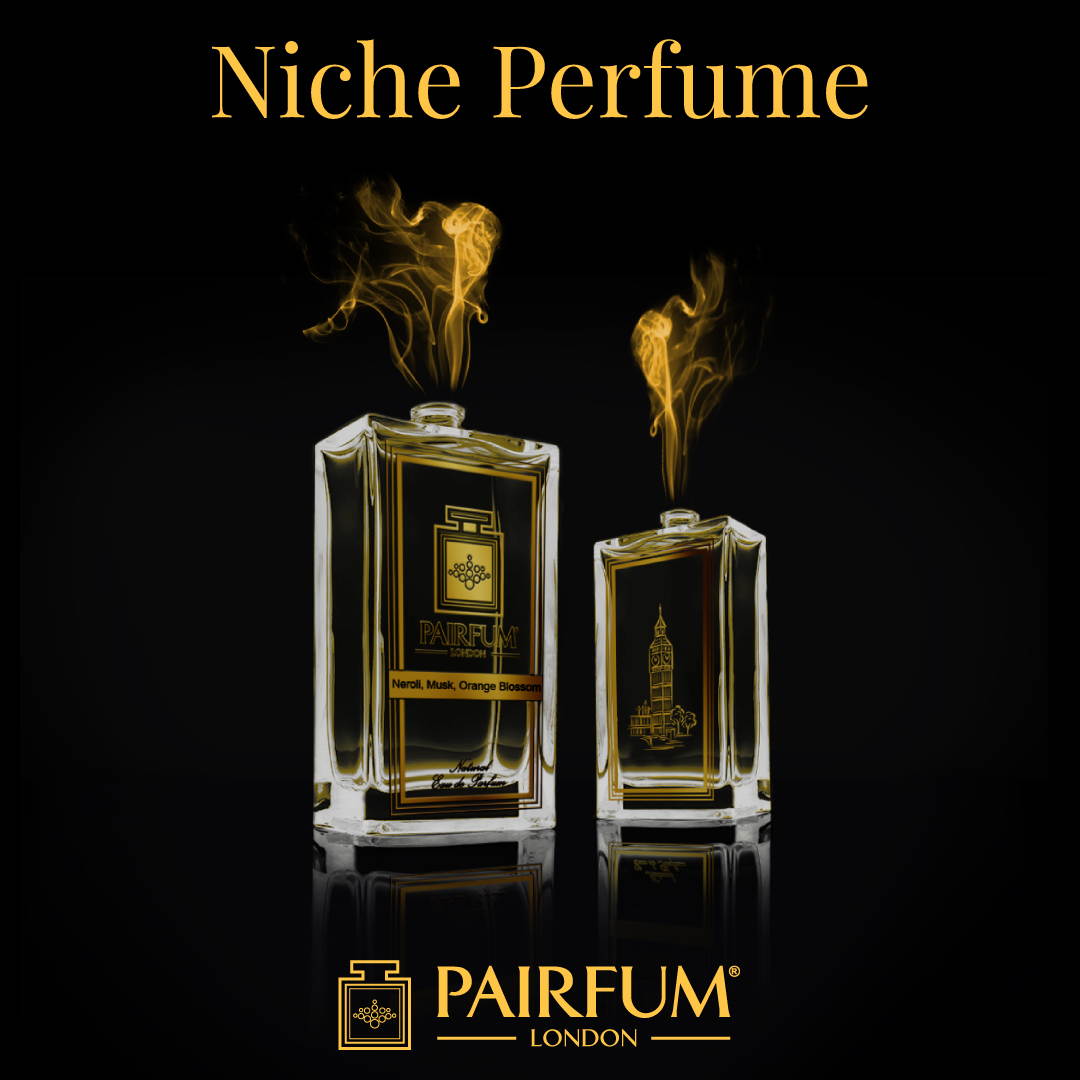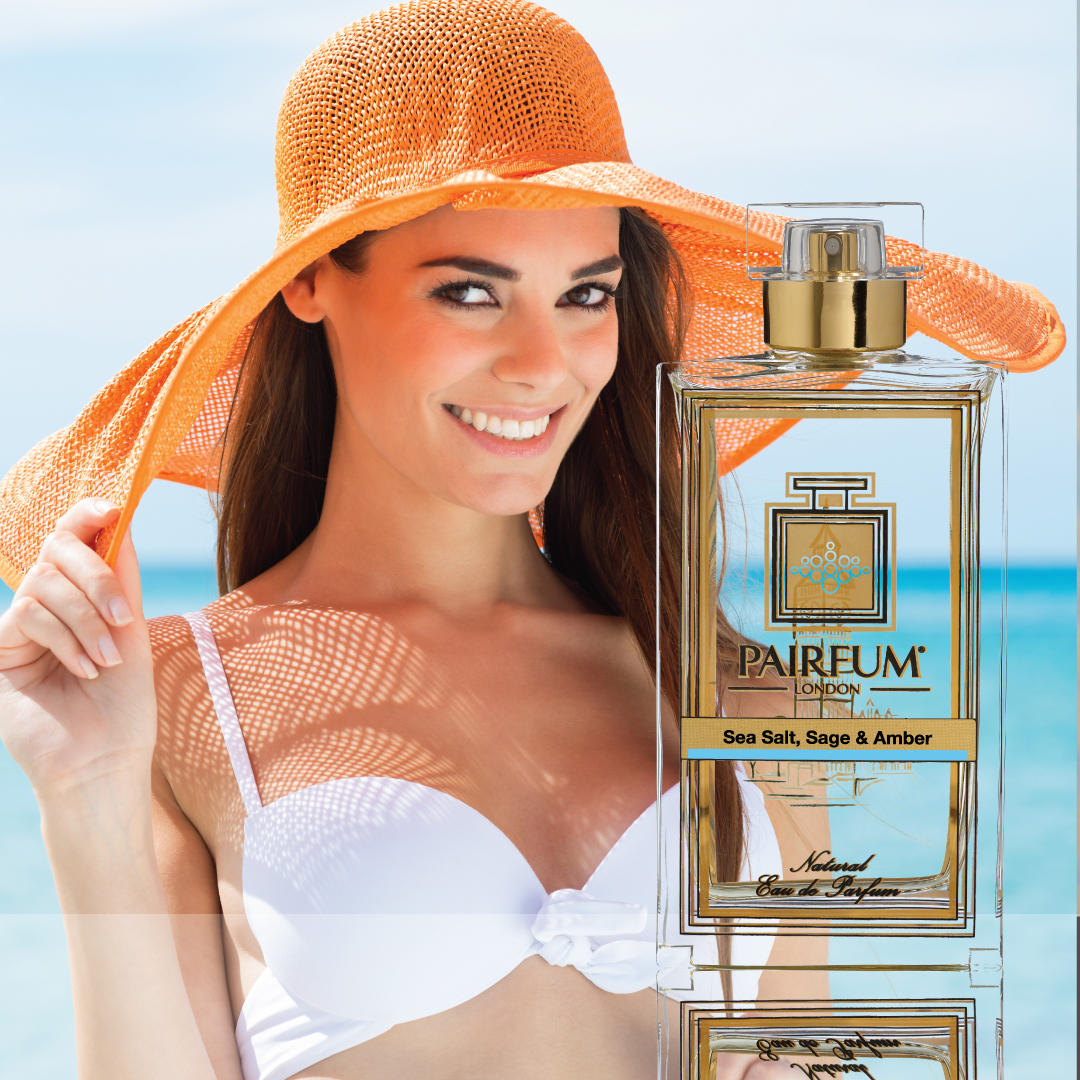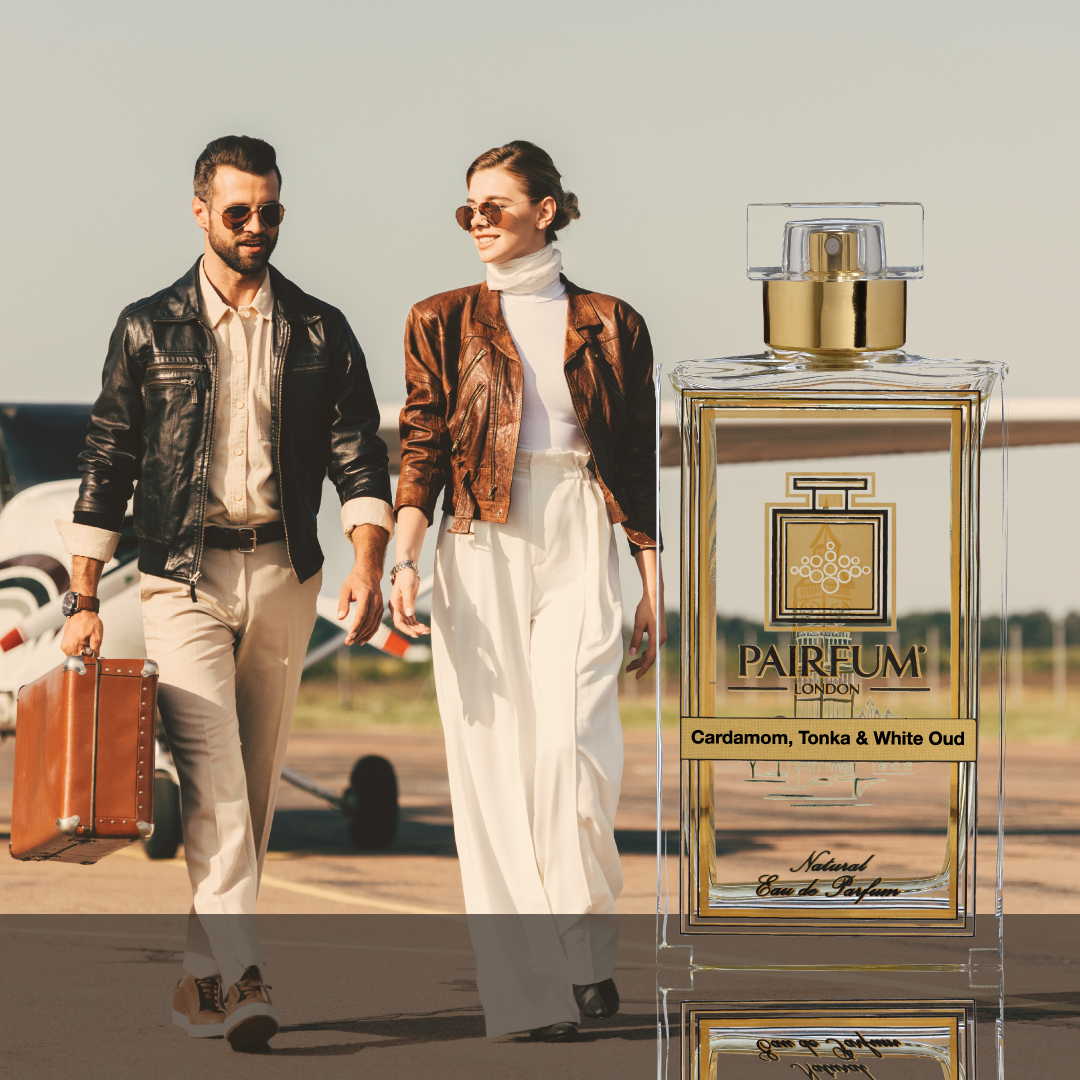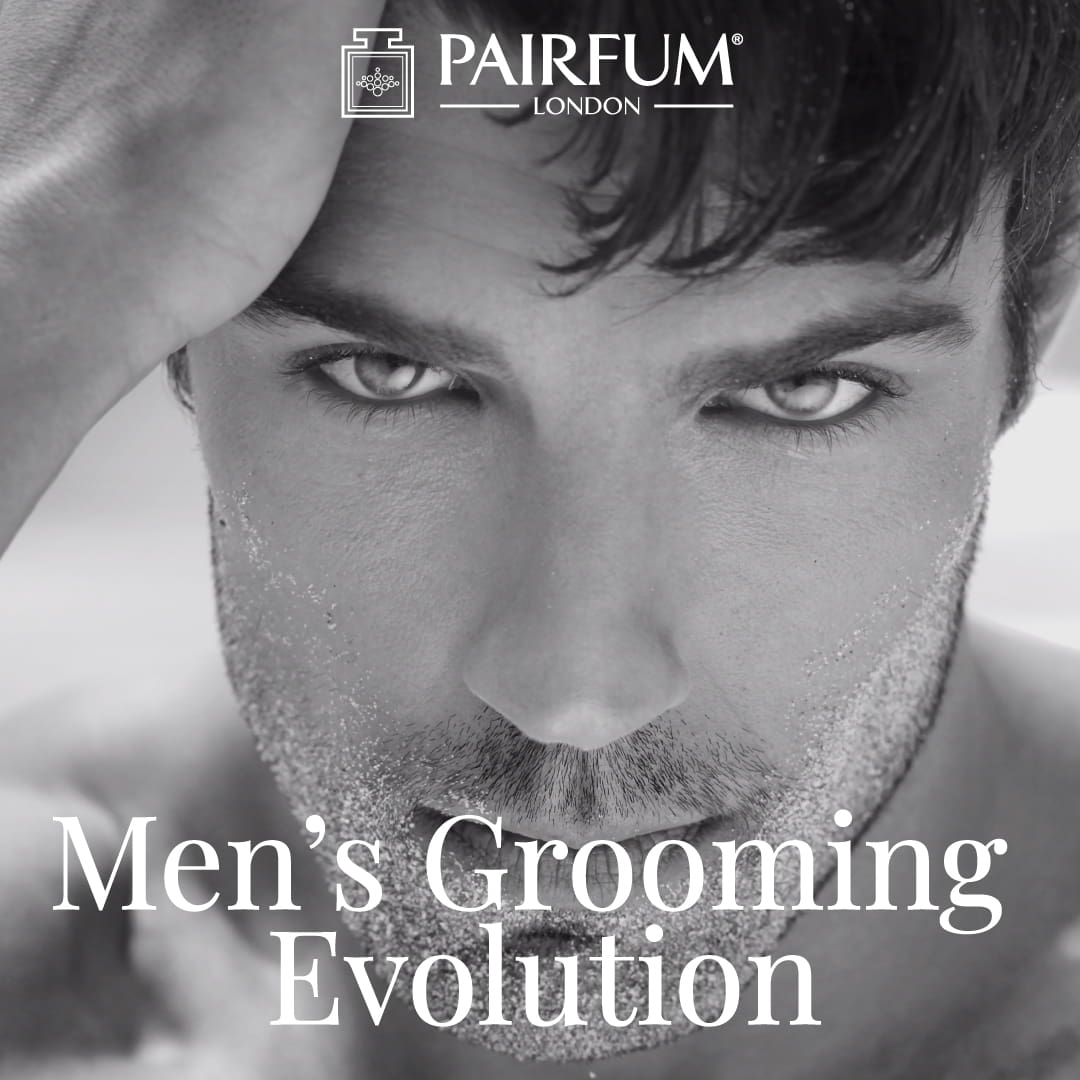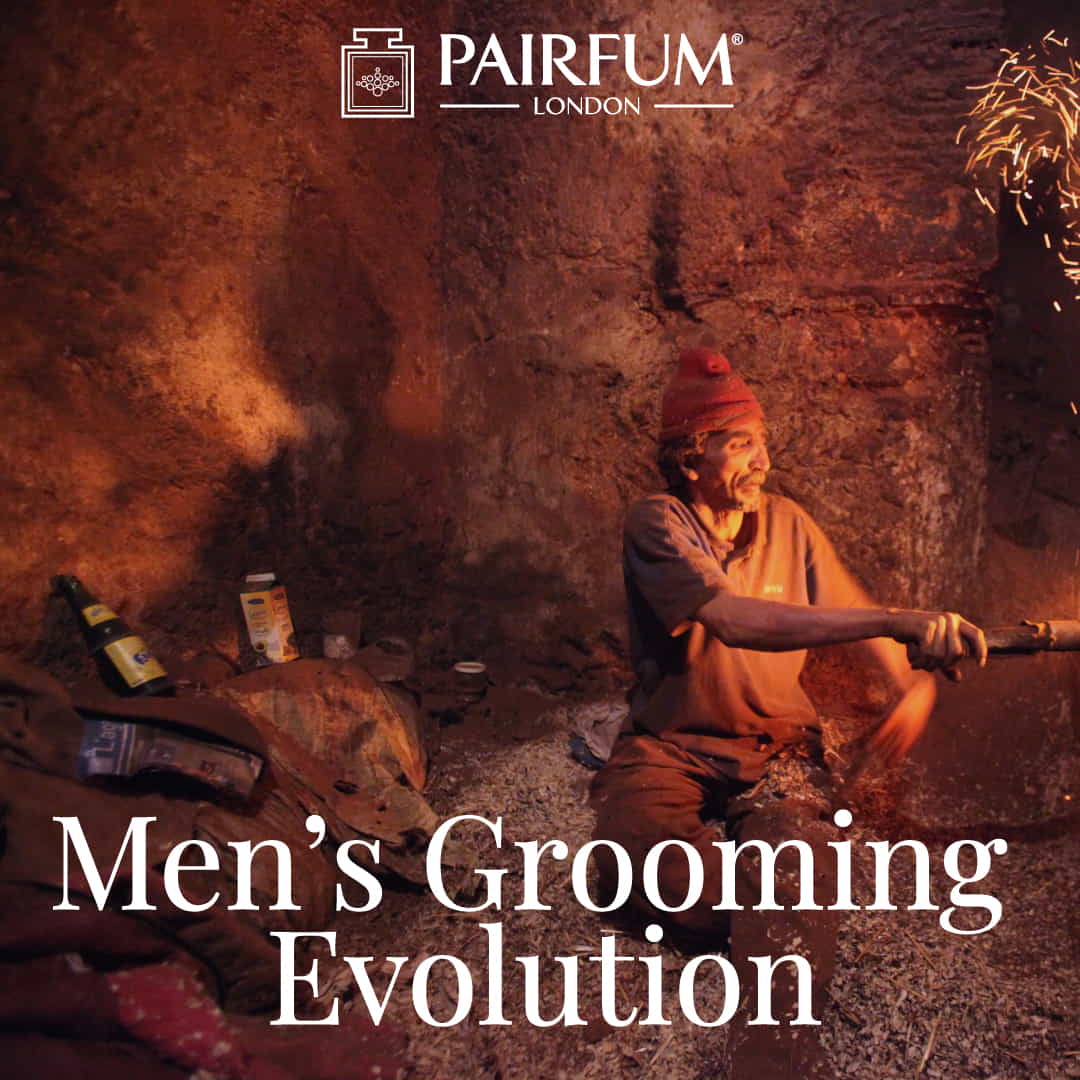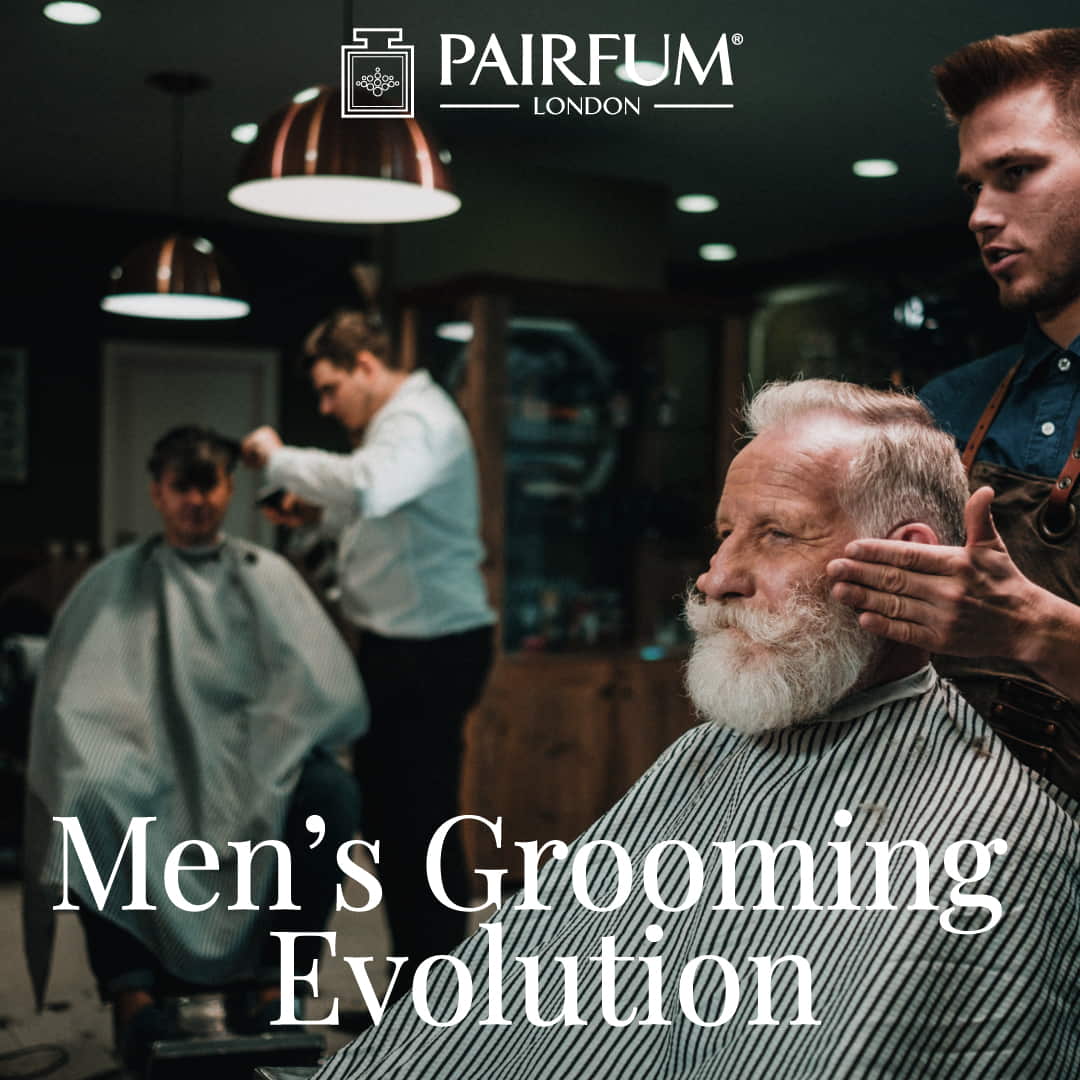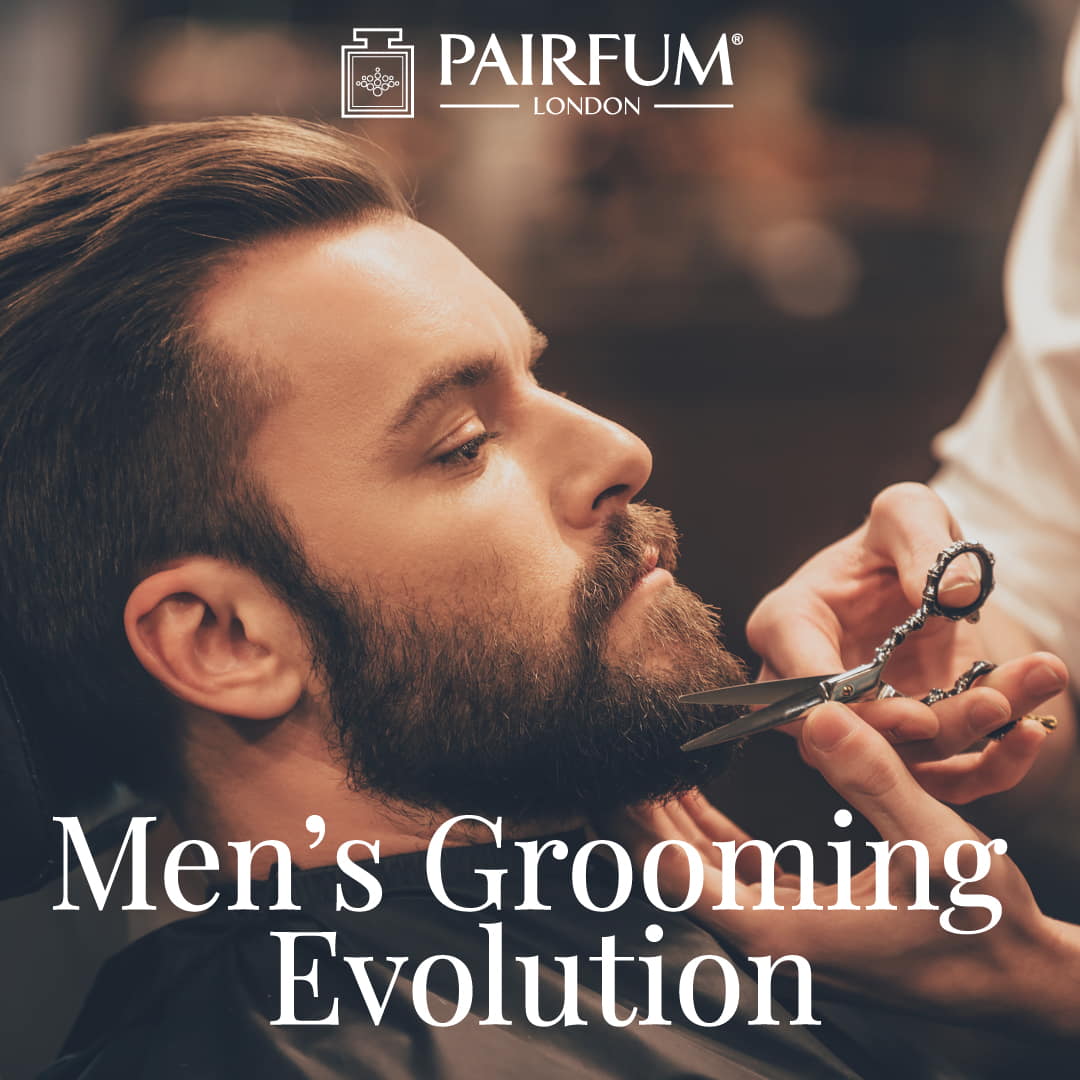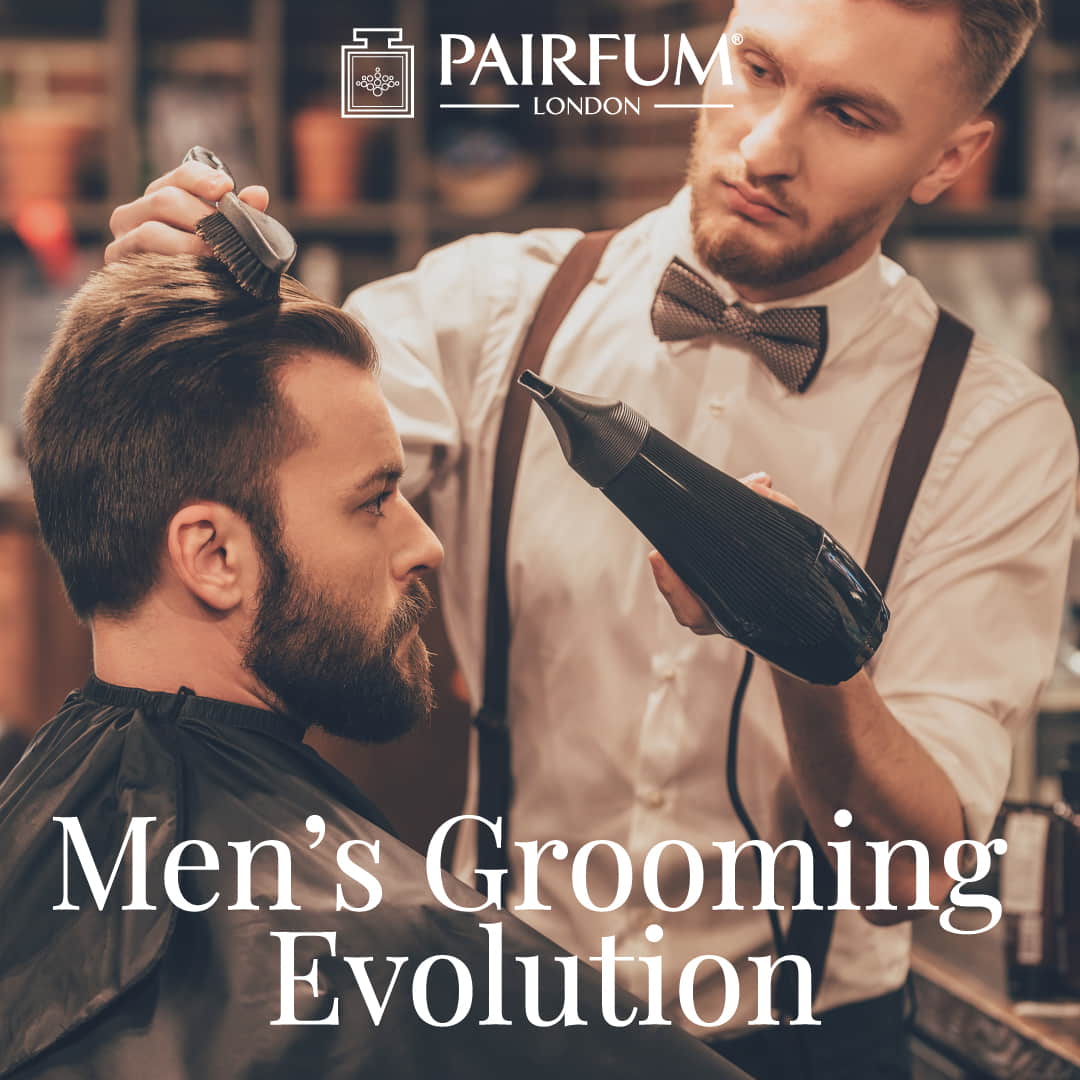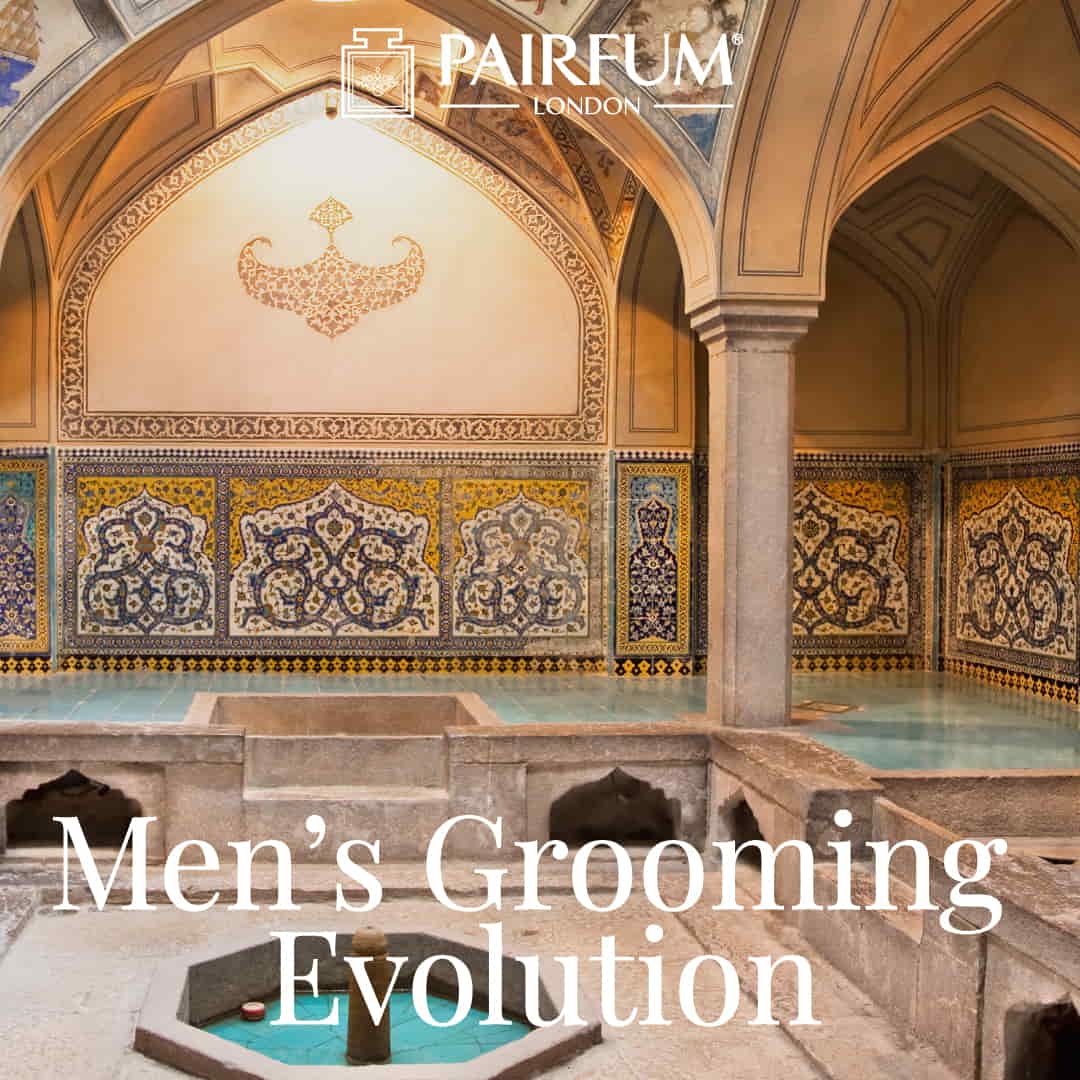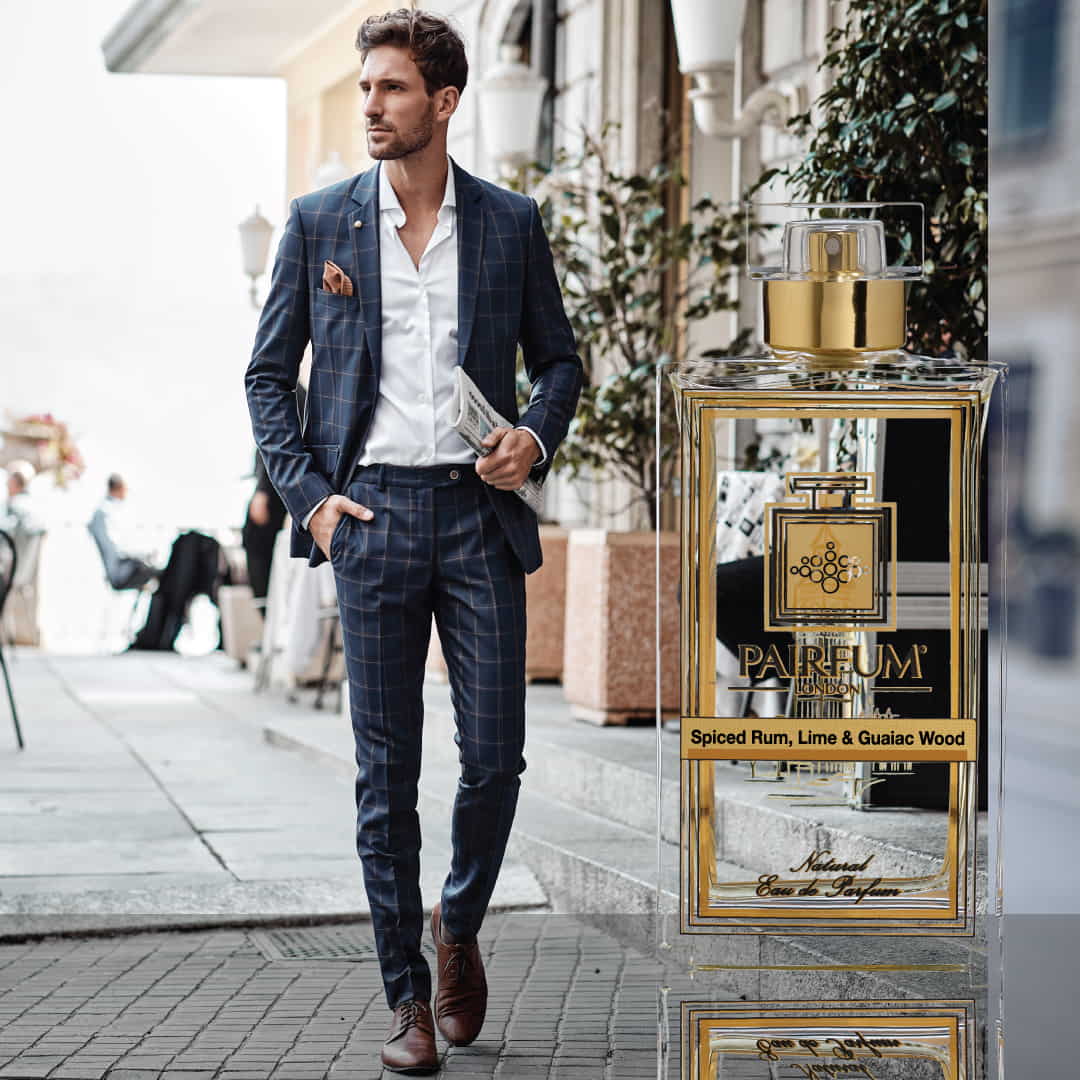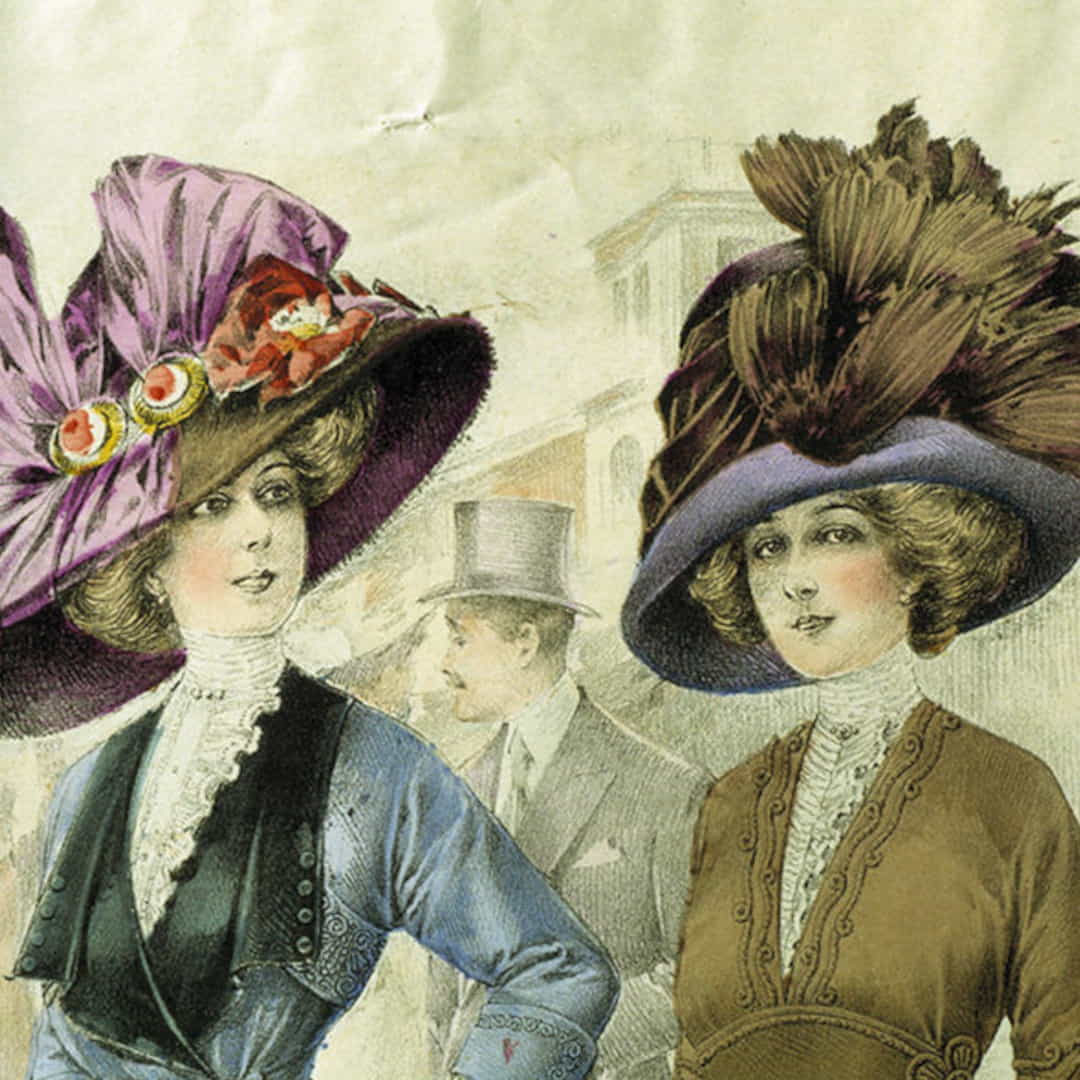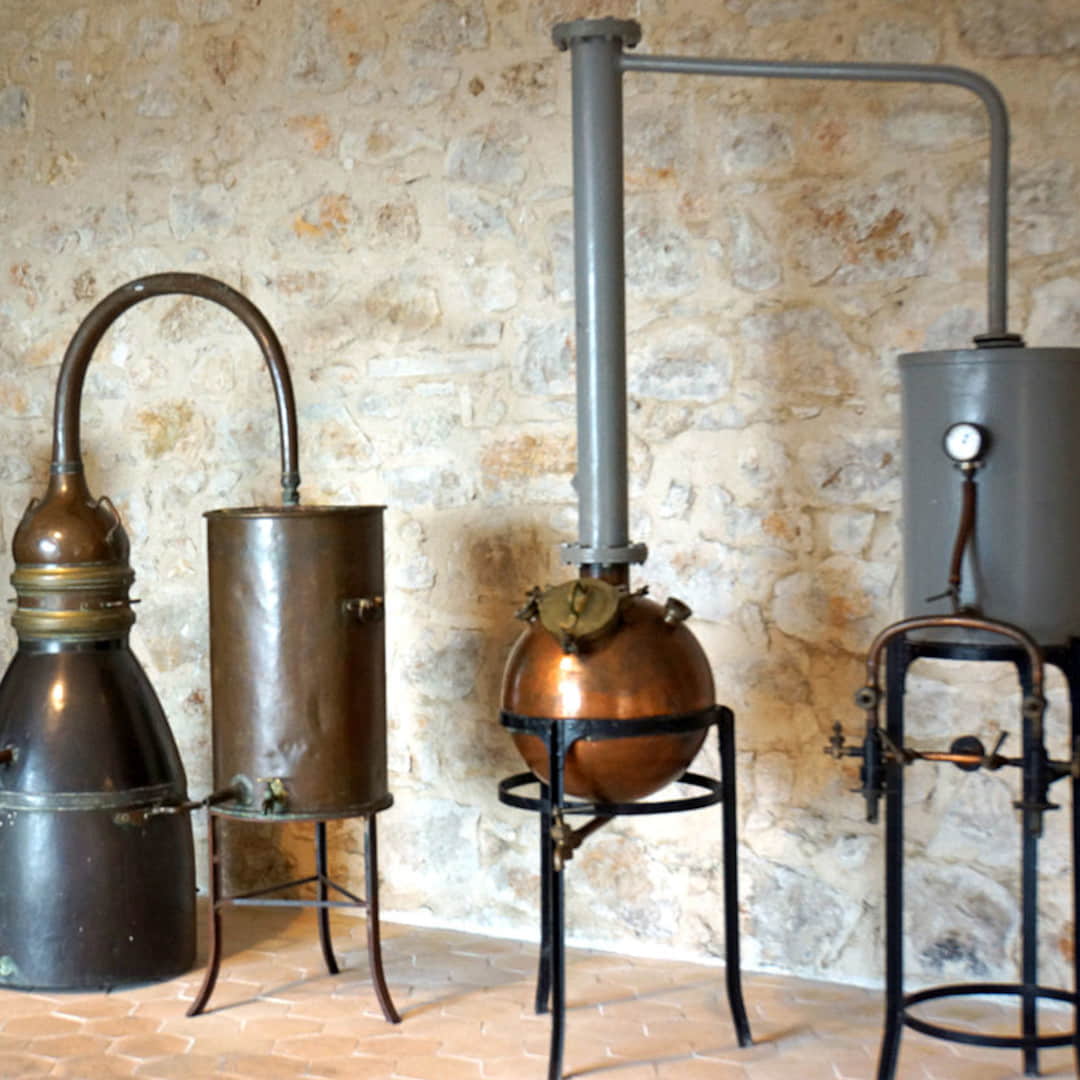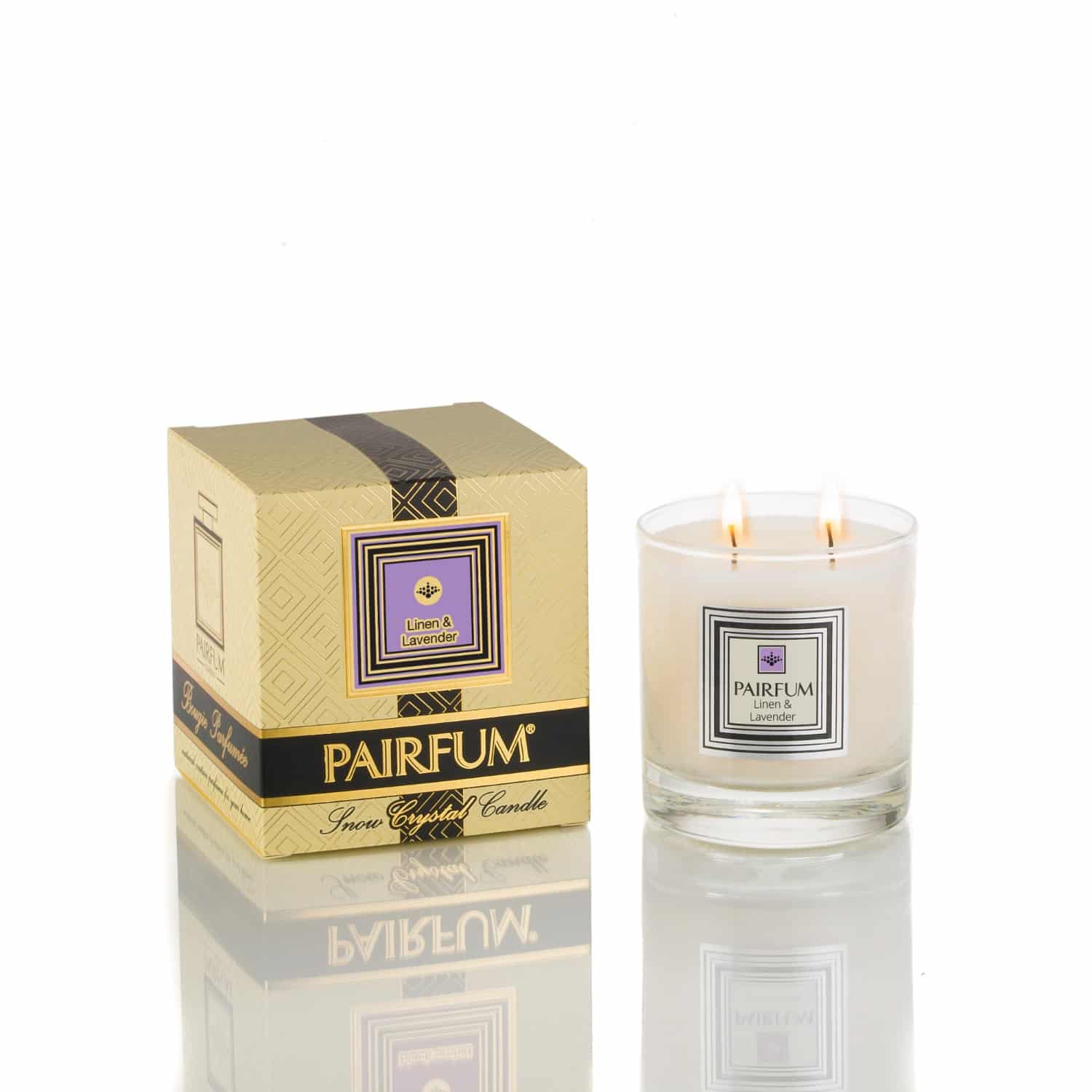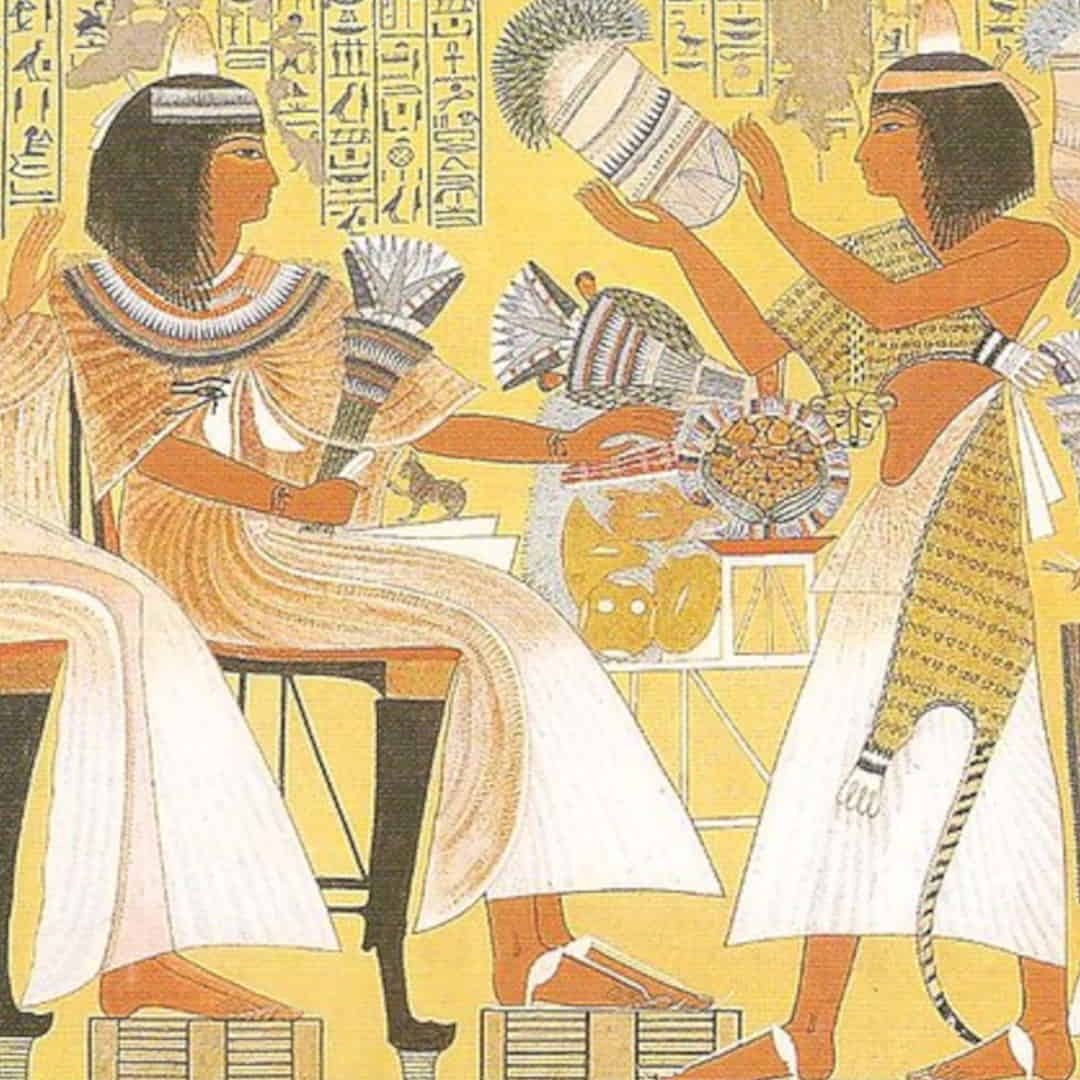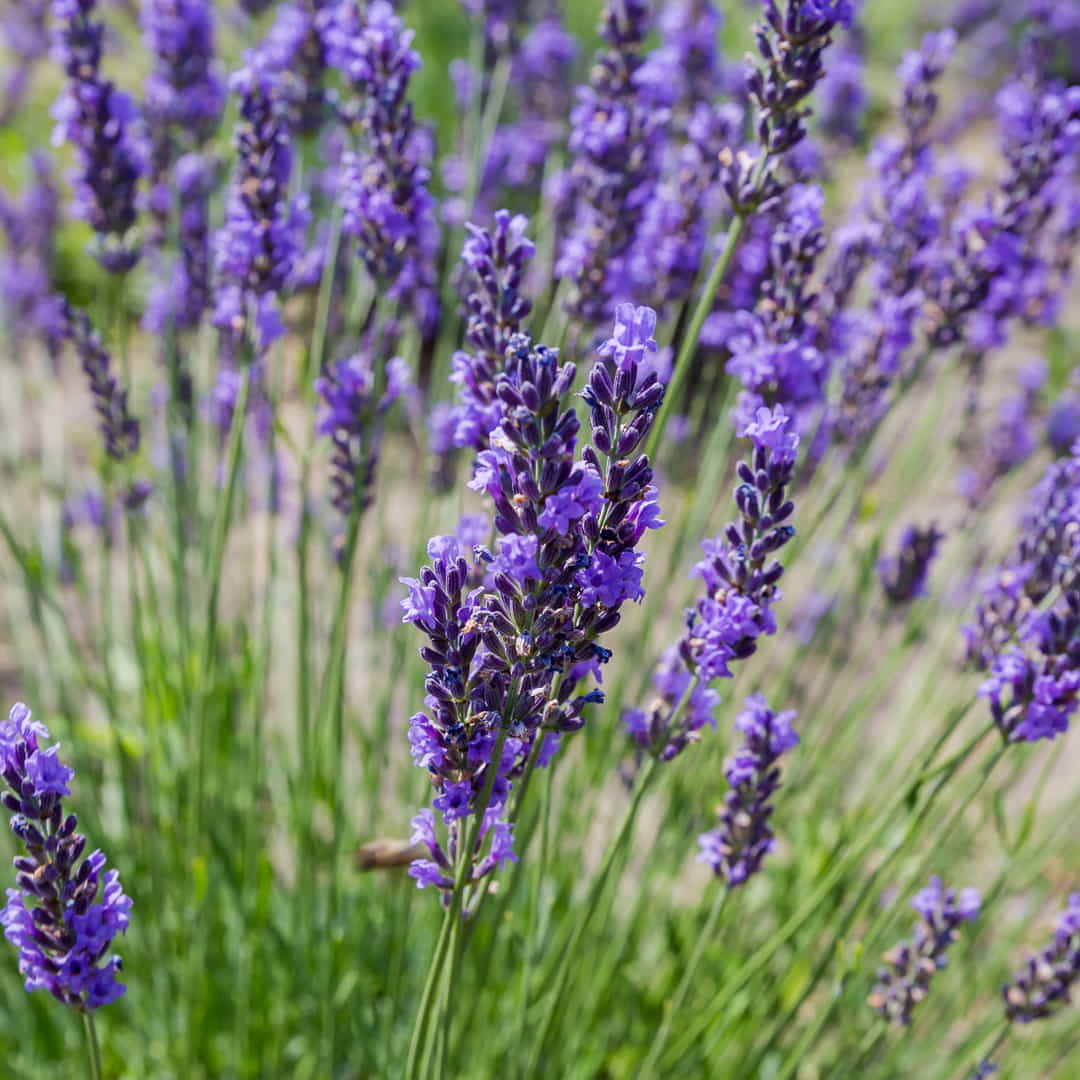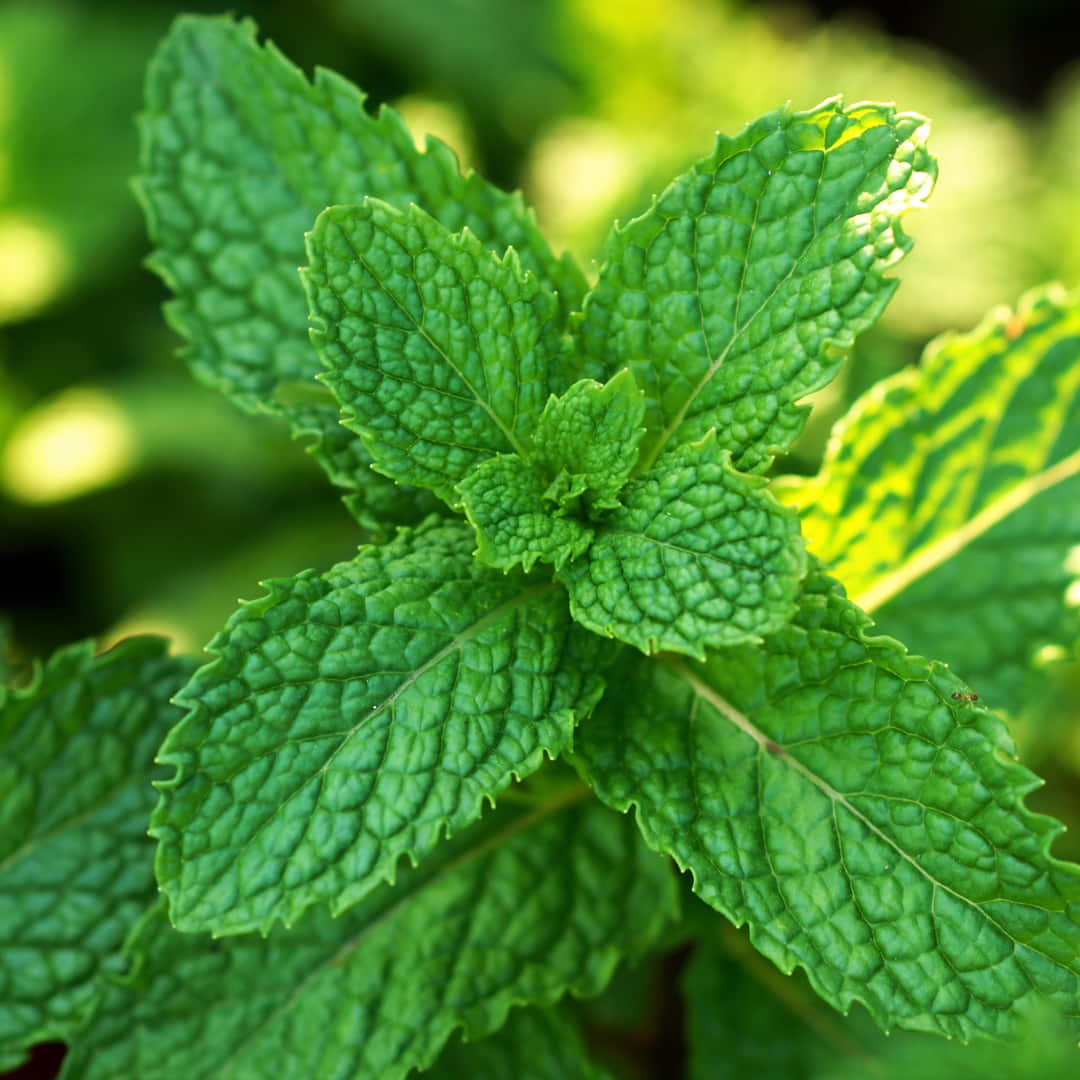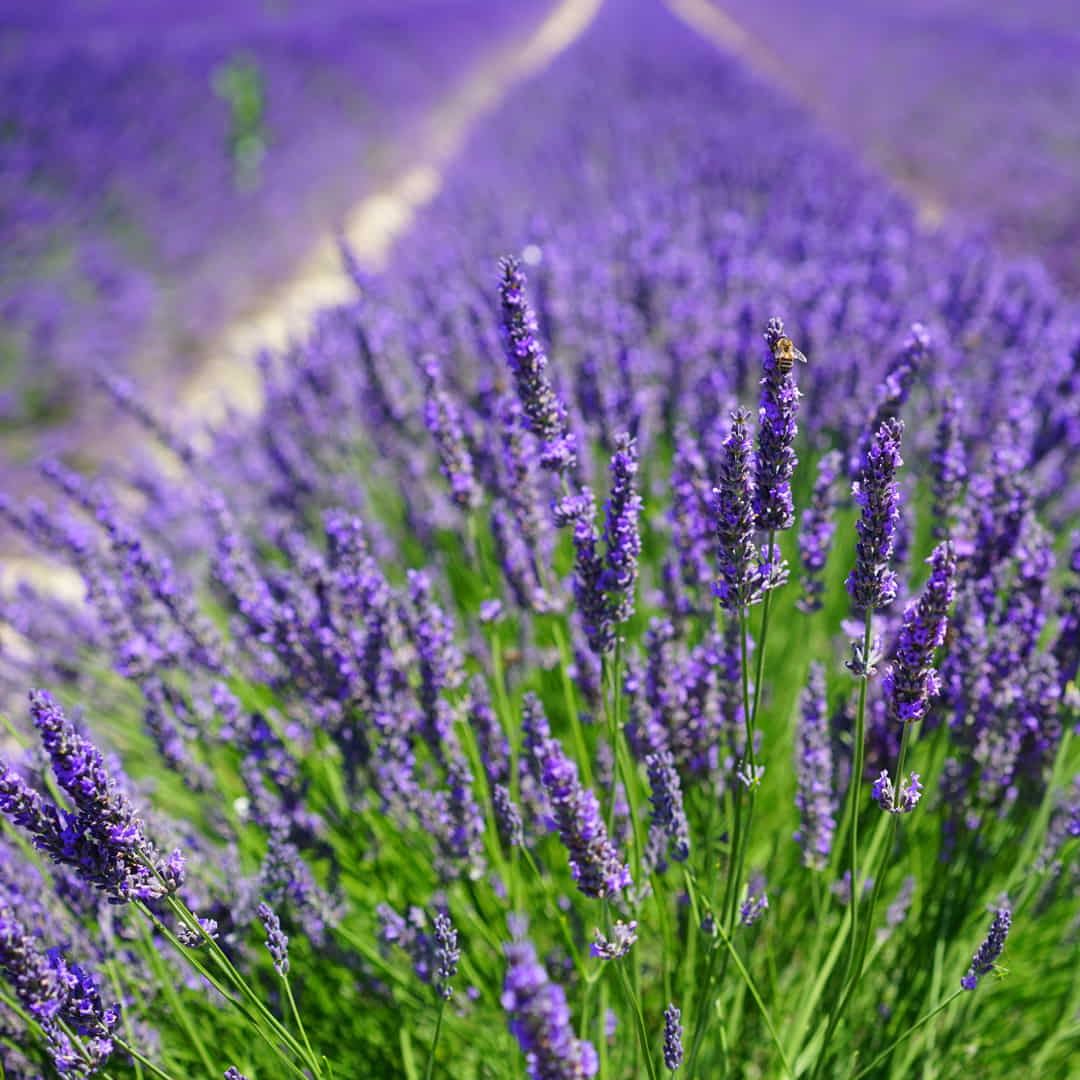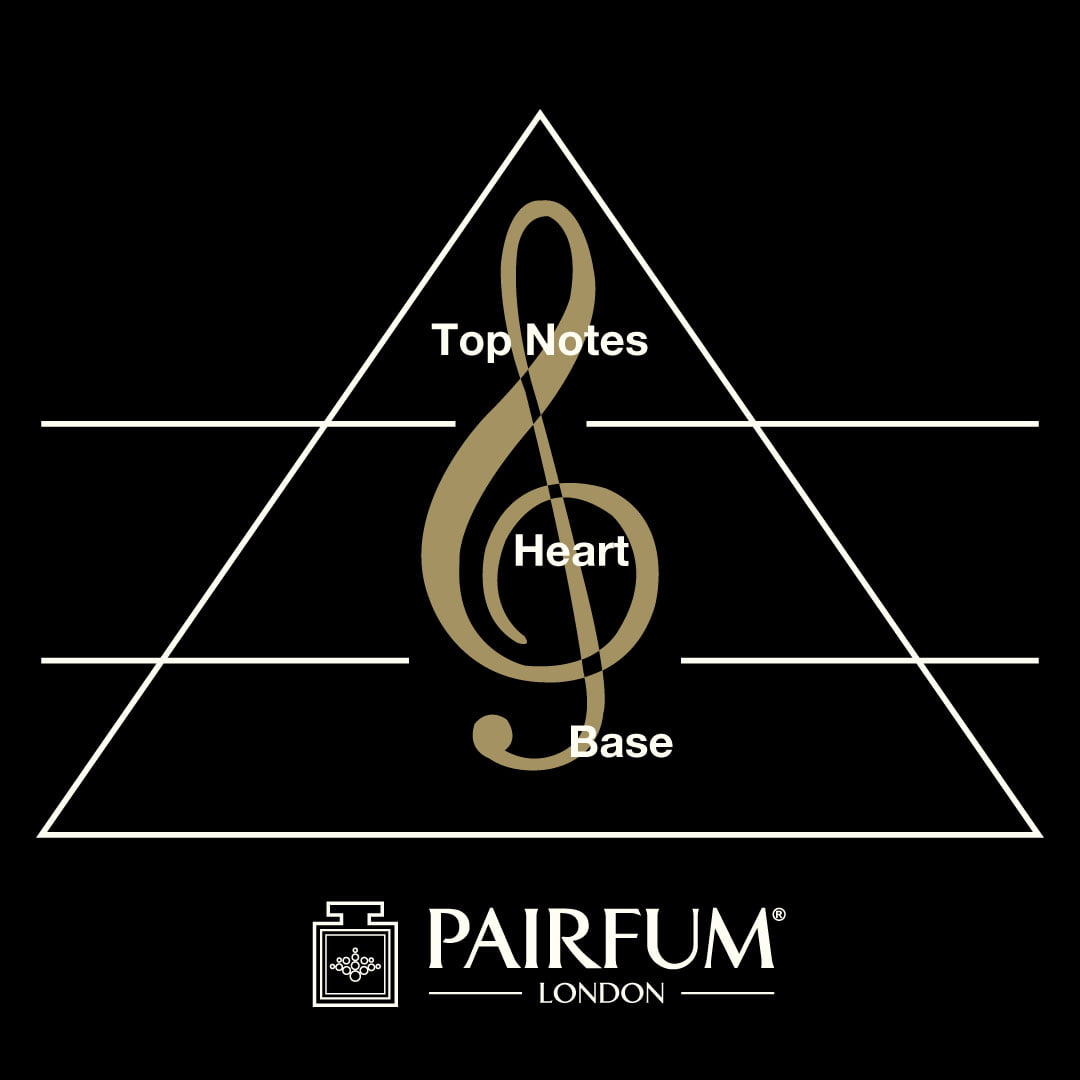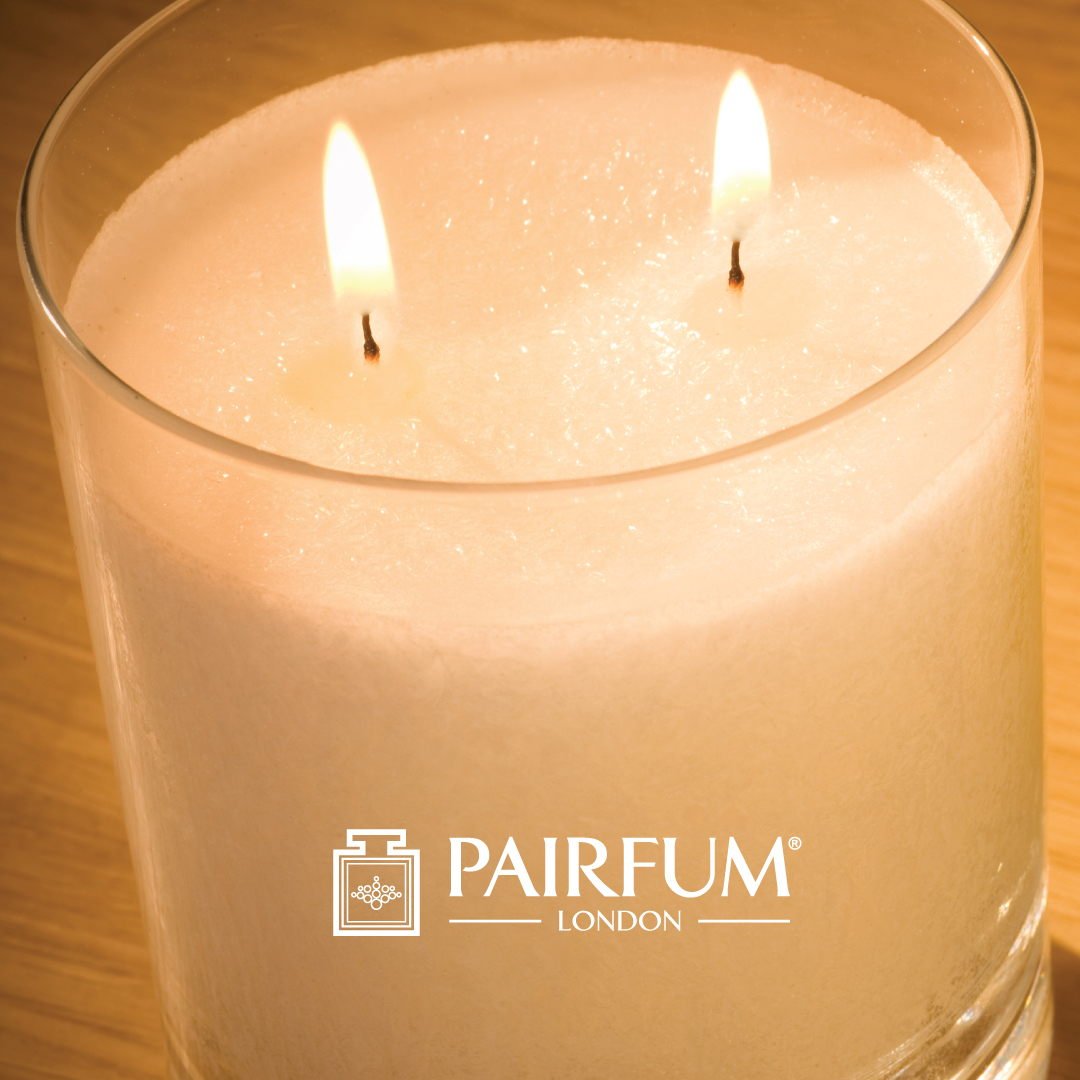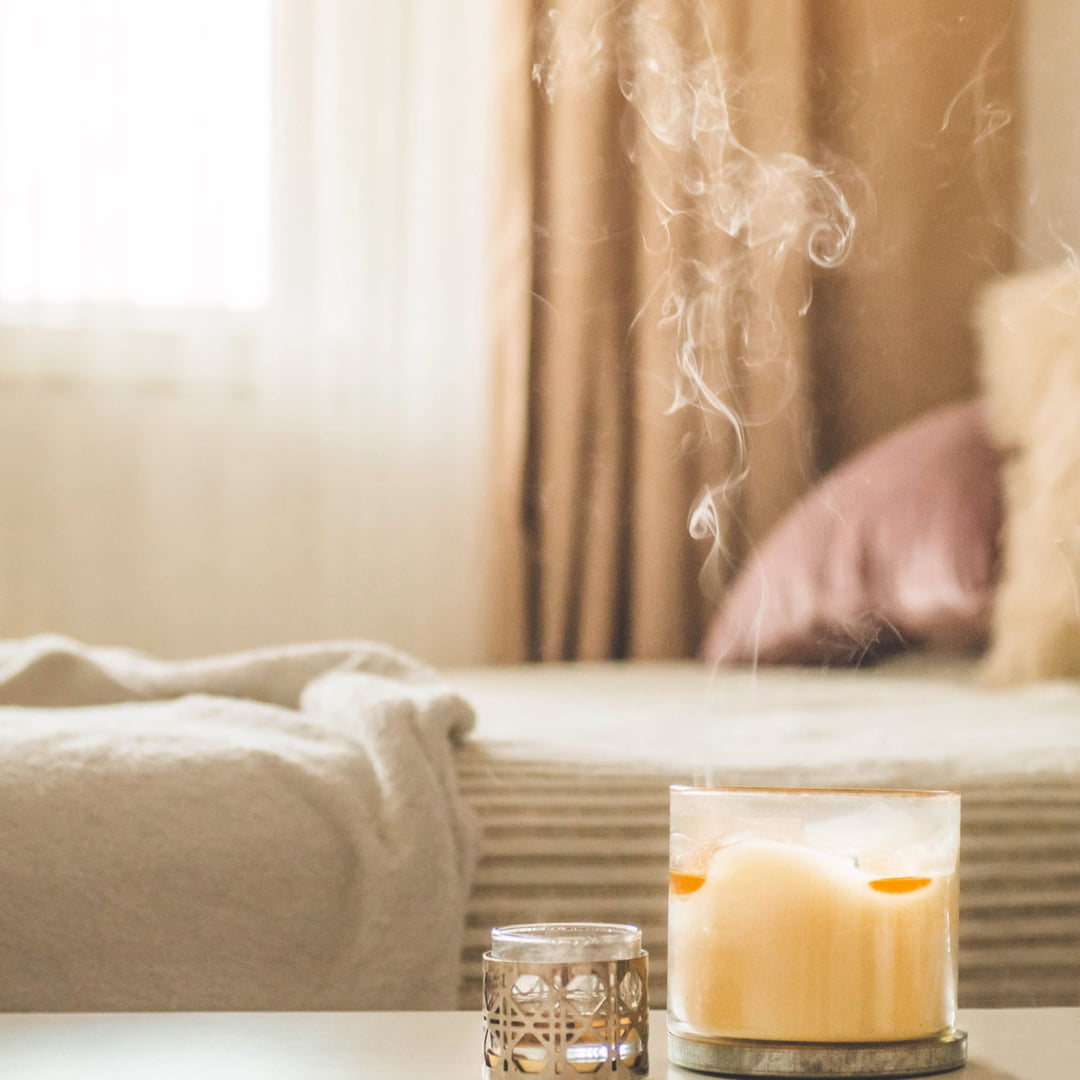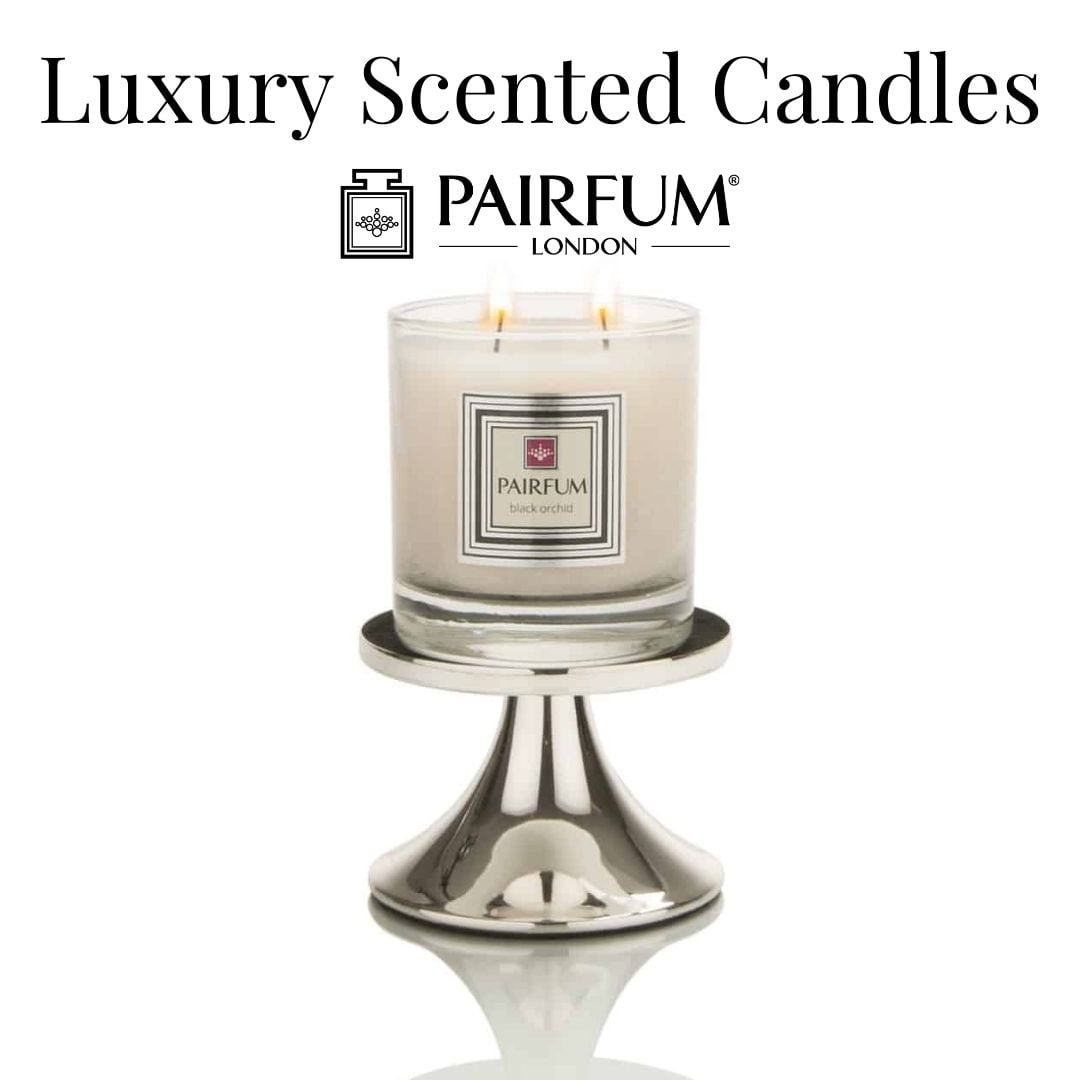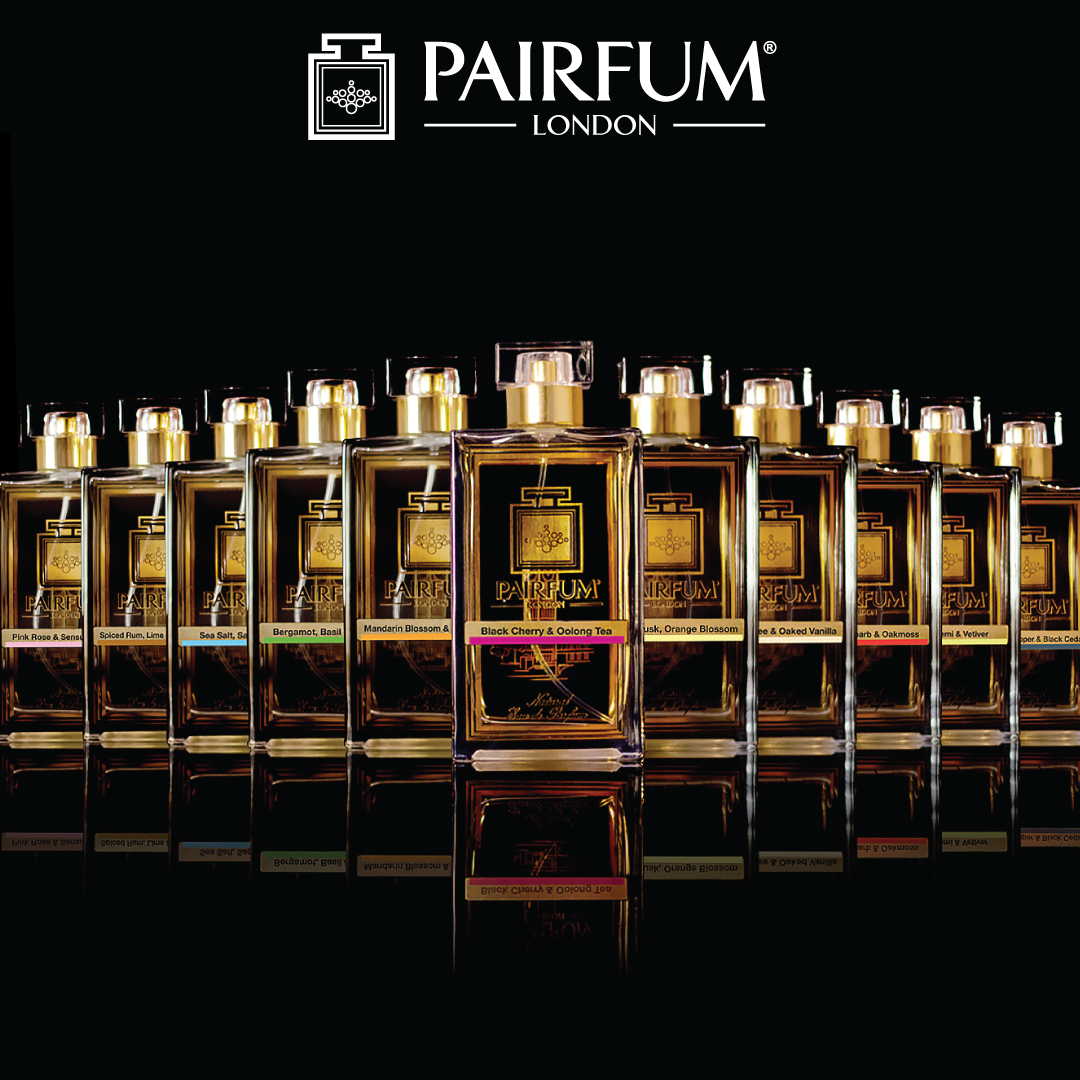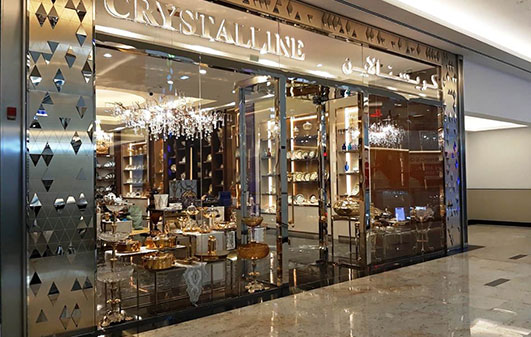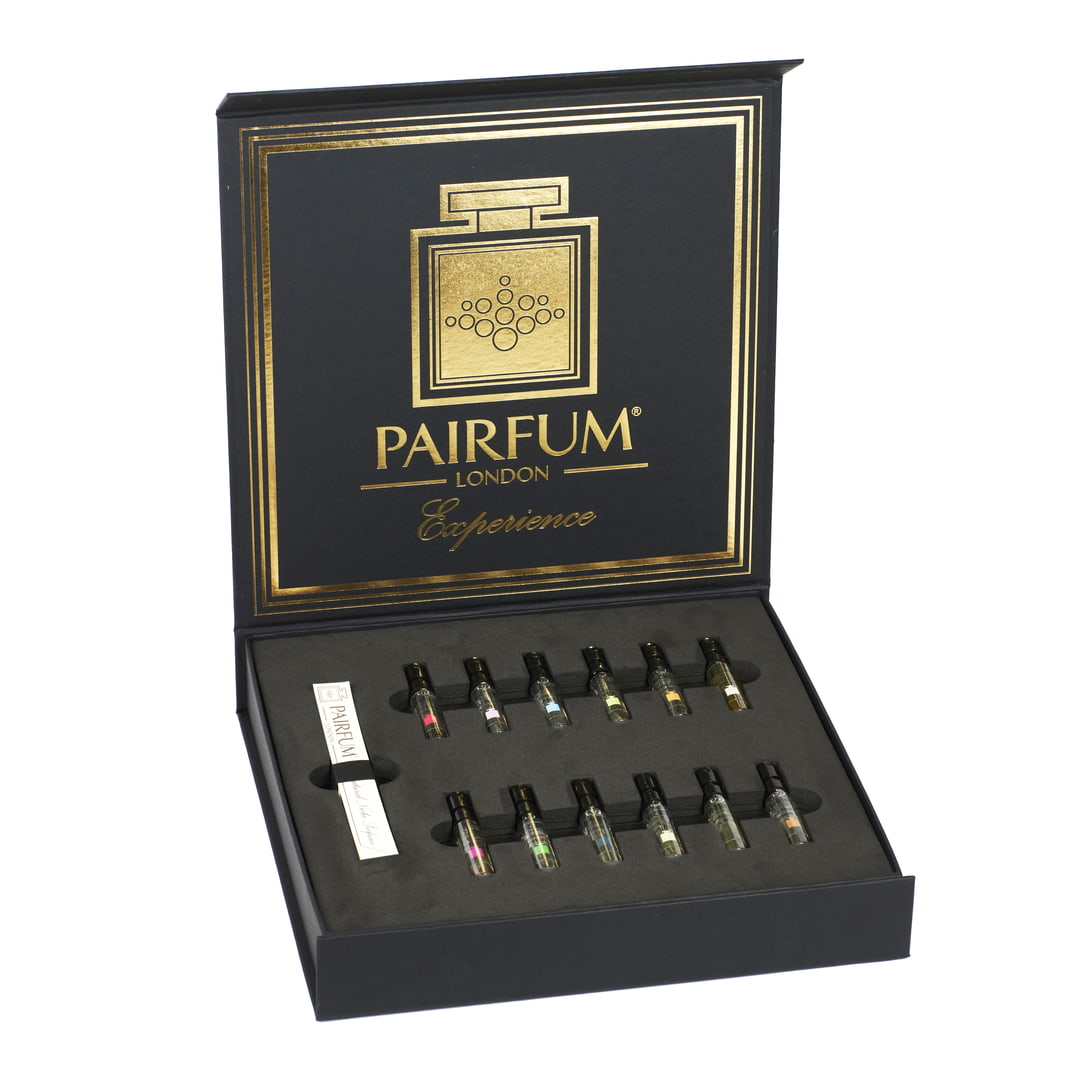Introduction:
In this article we will introduce the role of the perfumer in a fragrance house by covering the following subjects:
- What is a Perfumer?
- The History of the role of the Perfumer
- The Modern Day Tasks & Responsibilities
- The responsibilities of a perfumer
- Famous Perfumers
- Typical Employers
- Education
- Qualities of a Perfumer
- Differences versus a Parfumista, Flavourist and Chemist
- The Consultation with a Perfumer
- A Perfumer’s Boutique
- Must-read Books about the Perfumer
What is a Perfumer?
A perfumer is a professional who creates and formulates perfumes. They are experts in the art and science of perfumery, possessing a deep understanding of various fragrance ingredients and how they harmonize together. These individuals leverage both their creativity and technical prowess to design fragrances that are not only pleasing to the olfactory senses but also capable of evoking specific emotions and memories.
History of the Role of Perfumer
The roots of perfumery stretch far back into the annals of ancient civilizations, including Egypt, Greece, and Rome. Early perfumers harnessed the potential of natural materials like flowers, spices, and herbs to compose fragrances with various applications. These ancient perfumes played roles in personal hygiene, religious ceremonies, and even warfare, demonstrating the multi-faceted nature of scent’s significance.
The Middle Ages and the Renaissance marked significant milestones in the evolution of perfumery. Perfumers of this era began integrating more intricate fragrance ingredients, such as musk and ambergris, into their creations. This era also saw the development of novel techniques for extracting and distilling fragrance oils, propelling the art forward.
The Industrial Revolution ushered in a new era for perfumery, where technological advancements enabled mass production. This period witnessed experimentation with synthetic chemicals, expanding the palette of ingredients available to perfumers and altering the landscape of fragrance creation.
The Perfumer’s Palette: Tasks and Responsibilities
The tasks assigned to perfumers can vary based on their roles and the organizations they work for.
However, some core responsibilities include:
- Developing innovative fragrance concepts
- Crafting intricate fragrance formulas
- Rigorously testing and evaluating fragrance samples
- Collaborating harmoniously with marketing and sales teams
- Engaging in travel to meet clients and discuss their fragrance needs
- Adjusting fragrances to match the preferences of consumers
- Ensuring fragrances comply with regulatory requirements, e.g. IFRA/RIFM.
- Matching the chemical formula of the perfume to technical requirements of the perfume medium, e.g. is it an alcoholic spray, a light lotion or solid perfume
Famous Perfumers
The realm of perfumery boasts a roster of famous figures who have significantly impacted the art and science of fragrance creation. Some of the most notable perfumers include:
Jean-Paul Guerlain: Renowned for creating timeless fragrances like Shalimar, Habit Rouge and Mitsouko for the iconic Guerlain perfume house.
François Demachy: The current perfumer-in-chief at Guerlain, responsible for crafting modern classics such as La Petite Robe Noire and Mon Guerlain.
Alberto Morillas: A Spanish perfumer with a prolific career at prominent perfume houses like Givaudan, Firmenich, and Puig, known for crafting popular fragrances like Acqua di Gio and Eternity.
Jacques Cavallier Belletrud: A French perfumer serving as the perfumer-in-chief of Louis Vuitton, acclaimed for creating signature scents like L’Immensité and La Nuit de L’Homme.
Ernest Beaux: The creator of Chanel No. 5, one of the most iconic fragrances in history.
Jacques Polge: The nose behind many Chanel fragrances, including Coco Mademoiselle and Allure Homme.
Sophia Grojsman: Renowned for her modern creations, including Calvin Klein’s Eternity and Lancôme’s Trésor.
Evolution of the Perfumer: From Tradition to Innovation
The role of the perfumer has gracefully transformed over epochs, shaped by societal shifts, technological strides, and changing preferences. Traditionally, perfumers often relied on natural ingredients, skillfully blending them to conjure scents. However, the advent of synthetic molecules broadened possibilities, permitting not only cost-effective alternatives but also novel avenues for creativity.
The emergence of niche perfumery in the latter part of the 20th century disrupted the sway of mass-market fragrances. Niche perfumers endeavored to craft distinctive and artistic scents, catering to discerning individuals seeking olfactory experiences beyond the mainstream.
Furthermore, technological advancements have revolutionized the perfumer’s toolkit. Techniques like gas chromatography and mass spectrometry empower perfumers to scrutinize and replicate scents with unprecedented precision. Computer-aided design software augments the fragrance formulation process, facilitating experimentation and innovation.
Perfuming Pursuits: Prominent Employers and Opportunities
Perfumers are sought-after professionals within the fragrance industry, finding placements across various sectors:
Fragrance Houses: Distinguished brands such as Chanel, Dior, and Guerlain engage perfumers to orchestrate scents that encapsulate their brand essence.
Niche Perfumery: Niche brands celebrate uniqueness and innovation, offering perfumers an outlet for boundless creativity.
Fragrance Suppliers: this is where the vast majority of perfumers are employed. These companies source and produce the ingredients, and their perfumers create the wonderful perfumes that we have come to love & cherish from the leading Couture and Perfumery Houses.
Personal Care and Cosmetics: Perfumers contribute their expertise to scented products like shampoos, soaps, and lotions.
Flavour and Food Industry: Perfumers enrich the sensory journey of consumables by crafting flavors and aromas for the food and beverage sector.
Scientific Research: Some perfumers dedicate their efforts to laboratory exploration, innovating aromatic compounds and extraction methods.
The Perfumer Today: Prevalence and Education
In contemporary times, the perfumer’s role stands as a relevant and vital pursuit. While an exact count eludes us, perfumers find themselves in a demand-driven field, with the resurgence of niche perfumery and customized fragrances amplifying their prominence. This revival has led to an upswing in perfumer numbers, both within established fragrance houses and among independent artisans.
Education and Qualifications for Perfumers:
Becoming a perfumer necessitates a blend of education, training, and personal qualities. Formal education in chemistry, biochemistry, or related fields lays the foundation for comprehending the chemistry of aromatic compounds.
Specialized perfumery institutions furnish comprehensive training in olfaction, blending techniques, and fragrance composition. Noteworthy establishments encompass the Grasse Institute of Perfumery in France and the International Flavors & Fragrances (IFF) School of Perfumery.
Qualities of a Perfumer: Navigating Aromatic Symphony
A perfumer’s journey mandates an array of qualities:
Discerning Olfactory Sense: A perfumer’s acute sense of smell serves as their principal instrument, discerning individual notes and envisaging intricate compositions.
Unbridled Creativity: Perfumery transcends mere science, necessitating a perfumer’s innate creative spirit to concoct scents that recount stories, evoke sentiments, and captivate the senses.
Patience and Precision: Cultivating the ideal fragrance demands meticulous attention to detail, unwavering patience in exploring various ratios, and an unerring precision in ingredient measurement.
Adaptive Mindset: In an industry where trends, inclinations, and technological advancements mold the landscape, perfumers’ adaptability ensures relevance and innovation.
Curiosity and Passion: A genuine inquisitiveness about the realm of scents, coupled with an unbridled passion for fragrance construction, ignites a perfumer’s dedication to their craft.
A Scientific Mind: Modern perfumers excel in Fine Chemistry and their laboratories are not to dissimilar from the Pharma Industry. Today, perfumes are complex mixtures with interactions
Aromatic Horizons: The Future of Perfumery
The trajectory of perfumery brims with anticipation. Growing consumer fascination with individuality, authenticity, and immersive experiences continues to shape the landscape.
The exploration of sustainable ingredients and eco-conscious practices is burgeoning, aligning with contemporary environmental concerns. Additionally, technological tools, from artificial intelligence to advanced chemistry, are poised to enhance the perfumer’s creative toolkit, fostering new realms of olfactory expression.
Perfumer versus Flavourist: Scent and Taste Artisans
In the intricate tapestry of fragrance and flavor, two distinct yet interconnected roles emerge: the perfumer and the flavourist.
While both professionals harness their expertise to craft captivating sensory experiences, their focus diverges between the olfactory realm of scents and the gustatory world of tastes.
A flavourist is a skilled artisan who formulates flavors for various consumable products, ranging from food and beverages to oral care products. They possess a deep understanding of aromatic compounds and the interaction between taste receptors and scent receptors in creating harmonious flavor profiles.
While the perfumer navigates a world of emotions, memories, and personal connections through fragrances, the flavourist delights in crafting tastes that tantalize the palate and evoke culinary experiences.
Commonalities lie in their shared mastery of raw materials and their ability to balance various elements into an artful creation. Both perfumers and flavourists tap into nature’s abundance, working with botanical extracts, essential oils, and synthetic molecules to achieve their objectives.
Their expertise finds relevance in various sectors, with perfumers serving luxury brands and niche markets, while flavourists collaborate with food and beverage companies, oral care product manufacturers, and more. In this world of scents and tastes, these artisans collaborate to enrich our sensorial journey, transforming ingredients into masterpieces that resonate with our senses and memories.
Perfumer versus Parfumista: Professionals and Connoisseurs of Fragrance
Within the realm of fragrances, two distinct roles emerge: the perfumer and the parfumista.
While the perfumer is the skilled architect behind creating fragrances, the parfumista is the passionate connoisseur who appreciates, collects, and explores a diverse array of scents.
Perfumers harness their expertise to blend aromatic compounds, crafting intricate compositions that evoke emotions, memories, and artistry.
On the other hand, the parfumista’s journey is characterized by their deep love for fragrances and their ability to discern and appreciate the nuances of various notes and accords.
They are collectors, enthusiasts, and advocates of olfactory experiences, with an astute ability to distinguish between different scents and an insatiable curiosity to explore the vast world of perfumery. While the perfumer crafts the fragrant symphony, the parfumista revels in the beauty of its melody.
In a harmonious interplay, the perfumer’s creations find their way into the discerning noses of parfumistas, forging a connection that celebrates the art of scent creation.
Perfumer versus Fragrance Evaluator: Collaboration in Scent Creation
In the intricate world of perfumery, two distinct roles harmonize to shape the olfactory landscape: the perfumer and the fragrance evaluator.
While the perfumer is the visionary artist responsible for crafting fragrances, the fragrance evaluator plays a pivotal role in assessing, analyzing, and providing critical insights into these creations.
Perfumers blend aromatic notes to tell stories through scents, relying on their artistic intuition. In contrast, fragrance evaluators are analytical minds who rigorously assess the final fragrances. They navigate a complex spectrum of considerations, from longevity and sillage to market trends and consumer preferences.
This collaboration is a dance of creativity and objectivity, where perfumers channel their artistry into fragrant compositions, and fragrance evaluators provide invaluable feedback to ensure these creations resonate with diverse audiences. The interplay between these roles results in a dynamic synergy, where the perfumer’s visions are refined and enhanced by the evaluator’s discerning nose.
This symbiotic relationship ultimately shapes the fragrances that grace our skin and evoke emotions within us.
Perfumer versus Product Development Chemist: Blending Artistry with Science
Within the intricate world of fragrance creation, the roles of the perfumer and the product development chemist intersect, each bringing a unique perspective to the olfactory symphony.
While the perfumer is the artist who crafts captivating scents, the product development chemist is the scientific mind behind formulating and perfecting these fragrances for commercial products.
Perfumers skillfully blend aromatic compounds to weave tales through scents, relying on their creative instincts. Conversely, product development chemists employ their scientific prowess to ensure fragrances are stable, safe, and retain their olfactory allure across various formulations.
Their expertise lies in understanding the chemistry of ingredients and the interactions that occur during the development process. This collaboration harmonizes artistic expression with technical precision, producing fragrances that not only enchant but also endure. In this dynamic interplay, the perfumer’s creations find steadfast support from the chemist’s understanding of molecular intricacies.
The result is a seamless blend of art and science that graces our senses and products with enduring olfactory magic.
The Evolution of Perfumery Consultations: From Traditions to Modern Experiences
In the bygone era of perfumery, seeking the expertise of a perfumer was a cherished tradition that offered a personalized and sensorial journey. Enthusiasts would step into a perfumery store, where the perfumer’s knowledge and olfactory prowess were ready to be harnessed. These encounters were immersive experiences, where the perfumer’s insights guided customers through a symphony of scents. The perfumer would attentively listen to preferences, nuances, and memories, translating them into a bespoke fragrance recommendation. This traditional ritual created a bond between the perfumer and the customer, ensuring that each fragrance choice was a tailored expression of the individual’s personality.
In the modern age, this tradition has evolved alongside changing consumer habits and technological advancements. With the rise of online shopping, virtual consultations and AI-driven fragrance recommender systems have emerged. Customers can input their preferences and receive curated fragrance suggestions, transforming the consultation experience into a digital realm. While technology enhances accessibility and convenience, it also raises questions about the loss of the personalized touch that defined traditional in-person interactions.
Nonetheless, some fragrance houses and boutiques strive to preserve the essence of the traditional perfumery consultation. They offer bespoke services that recreate the intimate engagement of yesteryears. Perfumers and fragrance experts still hold one-on-one consultations, but with a modern twist—perhaps blending the physical and virtual worlds, allowing customers to explore scents at their own pace. This evolving landscape reflects the dynamic fusion of tradition and innovation, where the magic of personal fragrance curation is adapting to the demands of the contemporary world.
Perfumer’s Online Stores
The dawn of the internet has opened the door of boutique perfumery houses worldwide to any person interested in sourcing unique and rare fragrances from anywhere in the world.
No longer is access to a boutique perfumery house in remote Grasse, the heart of London or Paris the privilege of the few the world travellers or connoisseurs.
Instead of asking “Where is a perfumery near me?”, the question is morphing into “Which Perfume suits me best?”
Exploring the Perfumer’s World: Must-Read Books
“Perfumes: The Guide” by Luca Turin and Tania Sanchez
This iconic book offers an irreverent yet informative journey into the world of perfumes. Written by scent critics Luca Turin and Tania Sanchez, the book provides candid reviews of thousands of fragrances, shedding light on the nuances of scents, ingredients, and the art of perfumery. The authors’ unique perspectives and witty commentary make this a must-read for anyone curious about the olfactory universe.
“The Secret of Scent” by Luca Turin
In this captivating exploration, Luca Turin delves into the science behind the sense of smell and the art of perfumery. The book chronicles Turin’s journey from a researcher to a perfume critic, offering insights into how our noses perceive fragrances and the role of molecules in creating scents that resonate with us.
“The Perfume Bible” by Josephine Fairley and Lorna McKay
As an encyclopedic guide to fragrances, “The Perfume Bible” covers the history, art, and science of perfumery. Authored by scent experts Josephine Fairley and Lorna McKay, the book is a treasure trove of information about ingredients, techniques, and the industry’s evolution. It also features profiles of famous perfumers and iconic fragrances.
“Essence and Alchemy: A Natural History of Perfume” by Mandy Aftel
Mandy Aftel’s book is a poetic exploration of the world of natural perfumery. She takes readers on a journey through the history of aromatic materials, the art of extraction, and the transformative power of scent. Aftel’s passion for fragrance creation is palpable, making this book a source of inspiration for aspiring perfumers.
“The Perfect Scent: A Year Inside the Perfume Industry in Paris and New York” by Chandler Burr
Chandler Burr’s book offers an insider’s view of the perfume industry, following the creation of two iconic fragrances—one by a renowned perfumer in Paris and the other by a celebrity-endorsed brand in New York. Burr delves into the creative process, the challenges faced by perfumers, and the commercial intricacies of the industry.
“Perfum: The Story of a Murderer” by Patrick Süskind
A significant work that should be included in the list of important books related to perfumery. Although it’s a fictional novel, its exploration of the olfactory world and the protagonist’s obsession with creating the perfect scent offers a unique perspective on the art and allure of perfumery. The novel delves into the darker aspects of fragrance creation and the lengths to which one may go to capture the essence of beauty through scent. While not a guide to the profession itself, it provides an intriguing narrative that immerses readers in the aromatic tapestry of the perfumer’s craft.
These books collectively provide a comprehensive glimpse into the multifaceted world of perfumery, offering readers a deeper understanding of the art, science, and culture that surround the creation of captivating scents.
Conclusion
The perfumer’s role traverses time, weaving history, science, and art into a fragrant tapestry.
From ancient civilizations to modern niche perfumery, their journey encompasses history’s aromatic legacies, embodies present-day innovation, and charts the path to a scented future.
Through their artistry, perfumers connect the ephemeral beauty of fragrance to the eternal realm of human emotion.
If you enjoy buying directly from a Perfumer, then we invite you to visit our Online Perfume Boutique. Pairfum London is one of the few remaining independent Perfumery House with its own in-House perfumer, Huib Maat.
